The Dolomites. This is where jagged pinnacles of rock soar into the sky, mountain huts and cabins dot the green, rolling hills, cable cars whisk hikers and skiers to the highest mountain peaks, and hiking trails connect small hamlets and towns.
Located in northeast Italy, the Dolomites are one of the most beautiful places to visit in Europe. For many visitors, ourselves included, this region is the highlight of a trip to Italy. The beautiful landscapes, the charming towns, and the long list of incredible hiking trails create a magical destination.
On a map, the Dolomites can look confusing to a first-time visitor. With its geography, twisting roads, long list of things to do, and multiple options on where to stay, it can feel like a daunting task to know how to plan a trip to the Dolomites.
We want to help you plan the perfect trip to the Dolomites. In this guide, we hope to clear up this confusion and hopefully answer some questions that you didn’t even know you had. And of course, if we missed something, feel free to ask us in the comment section at the end of this article.
What are the Dolomites?
The Dolomites are a mountain range in northeastern Italy. This mountain range spans seven Italian provinces (South Tyrol, Trentino, Verona, Vicenza, Belluno, Udine, and Pordenone) and three regions of Italy (Veneto, Trentino-Alto Adige/Südtirol, and Friuli Venezia Giulia).
Designated a UNESCO World Heritage Site in 2009, this sprawling mountain range is one of the best places in the world to go hiking and skiing.
In the summer months, the Dolomites is our favorite place in the world to go hiking. In a relatively small area, you can choose from a long list of incredibly scenic and memorable trails. We’ll cover these later in this guide.
In the winter, the Dolomites is a world-class skiing destination. So good in fact, that in 2026, Cortina d’Ampezzo will be hosting the Winter Olympics.
The Dolomites gets its name for the dolomite rock, a carbonate rock, that makes up the rocky peaks in this area.
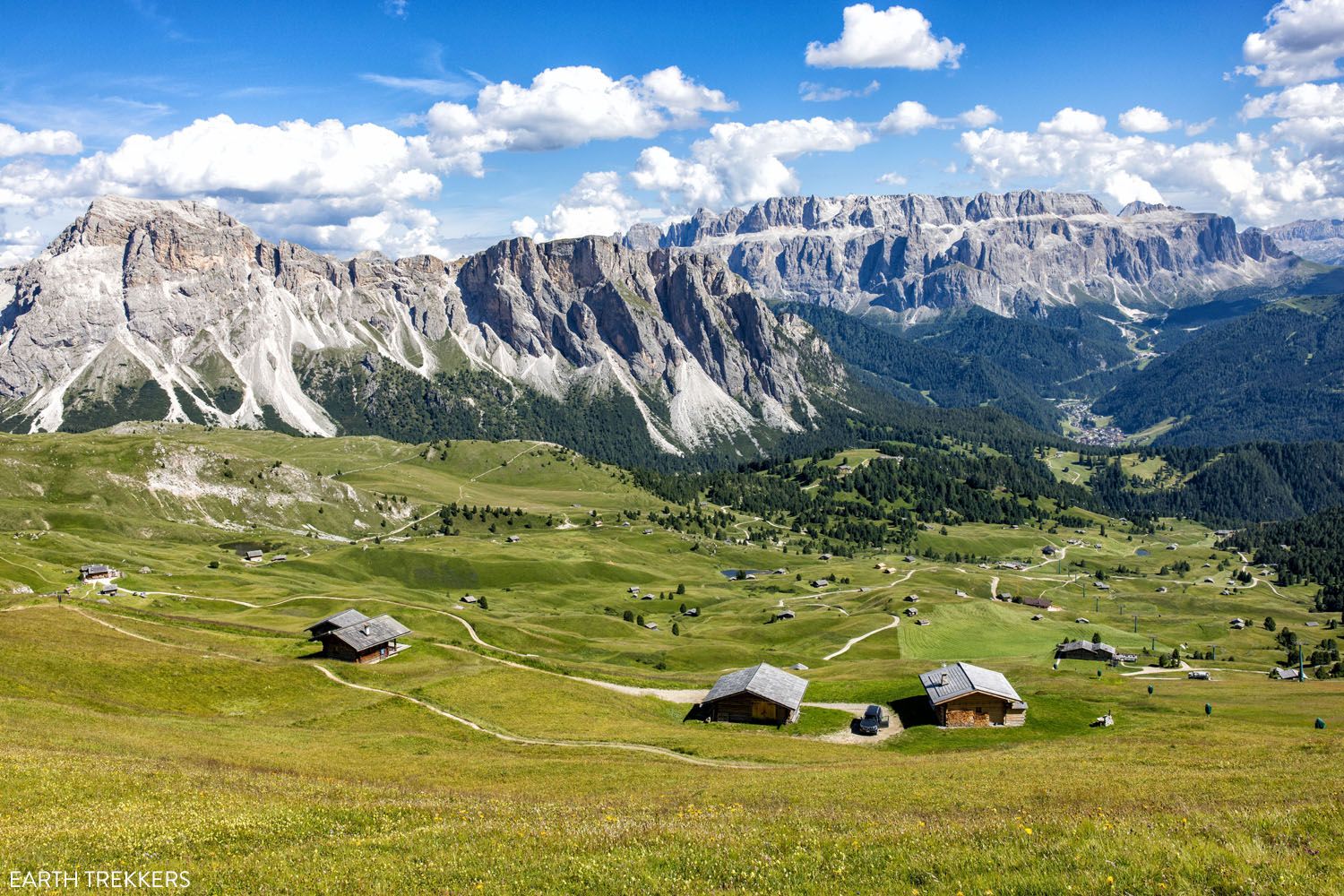
Puez Odle Nature Park
A Brief Dolomites Geography Lesson
The Dolomites are made up of many mountain groups, such as the Sella Group, the Odle/Geisler Group, and the Croda da Lago group, that rise up from the valleys. Within the valleys are small towns and the roads that link these towns together.
To simplify where things are in the Dolomites, the Dolomites are sometimes split into the eastern Dolomites and western Dolomites. Val Badia is the dividing line between these two areas.
In the eastern Dolomites you will find:
- Cortina d’Ampezzo
- Tre Cime di Lavaredo
- Lago di Braies
- Lago di Misurina
- Passo Giau
- The Cinque Torri
- Lagazuoi
- Croda da Lago and Lago Federa
- Selva di Cadore
In the western Dolomites you will find:
- Val Gardena
- The Puez-Odle Nature Park
- Alpe di Siusi
- Val di Funes
- Sassolungo
- Marmolada
- Seceda
- Sciliar-Catinaccio Nature Park
On the map below, I highlighted these two regions and labeled a few of the most popular towns and things to do, so you get a basic idea of where things are located.
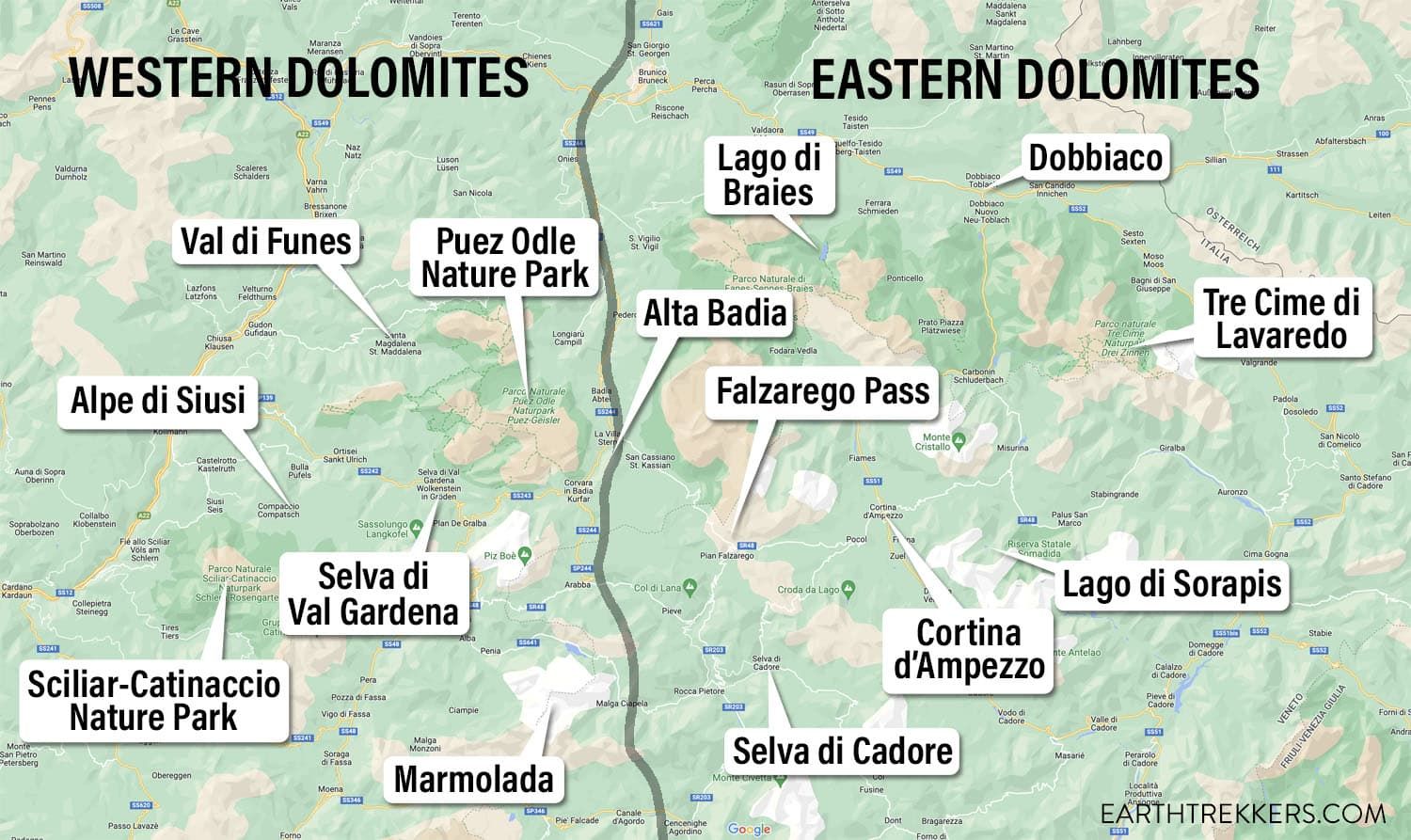
Main Towns in the Dolomites
There are many small towns located within the Dolomites. Below, we are highlighting a few of the larger ones that make a great home base for exploring the area.
Cortina d’Ampezzo
This is one of the best places to stay in the Dolomites. It is a large town with a long list of hotels and restaurants, including a few Michelin-starred restaurants.
This town makes an excellent home base to explore the Dolomites, with a great location near Tre Cime di Lavaredo, Lago di Sorapis, the Croda da Lago Circuit, and Lagazuoi.
While in Cortina d’Ampezzo, take a stroll along Corso Italia, the pedestrian street that runs through the city center. Go shopping, visit Basilica Minore dei Santi Filippo e Giacomo, and ride the Faloria cable car or the cable car to Tofana di Mezzo.
Update for 2025: Cortina d’Ampezzo is in the midst of a big construction project, in preparation for the 2026 Winter Olympics. It is our understanding that hotels and restaurants will be open, but there could be traffic delays and limited parking in Cortina d’Ampezzo this summer.
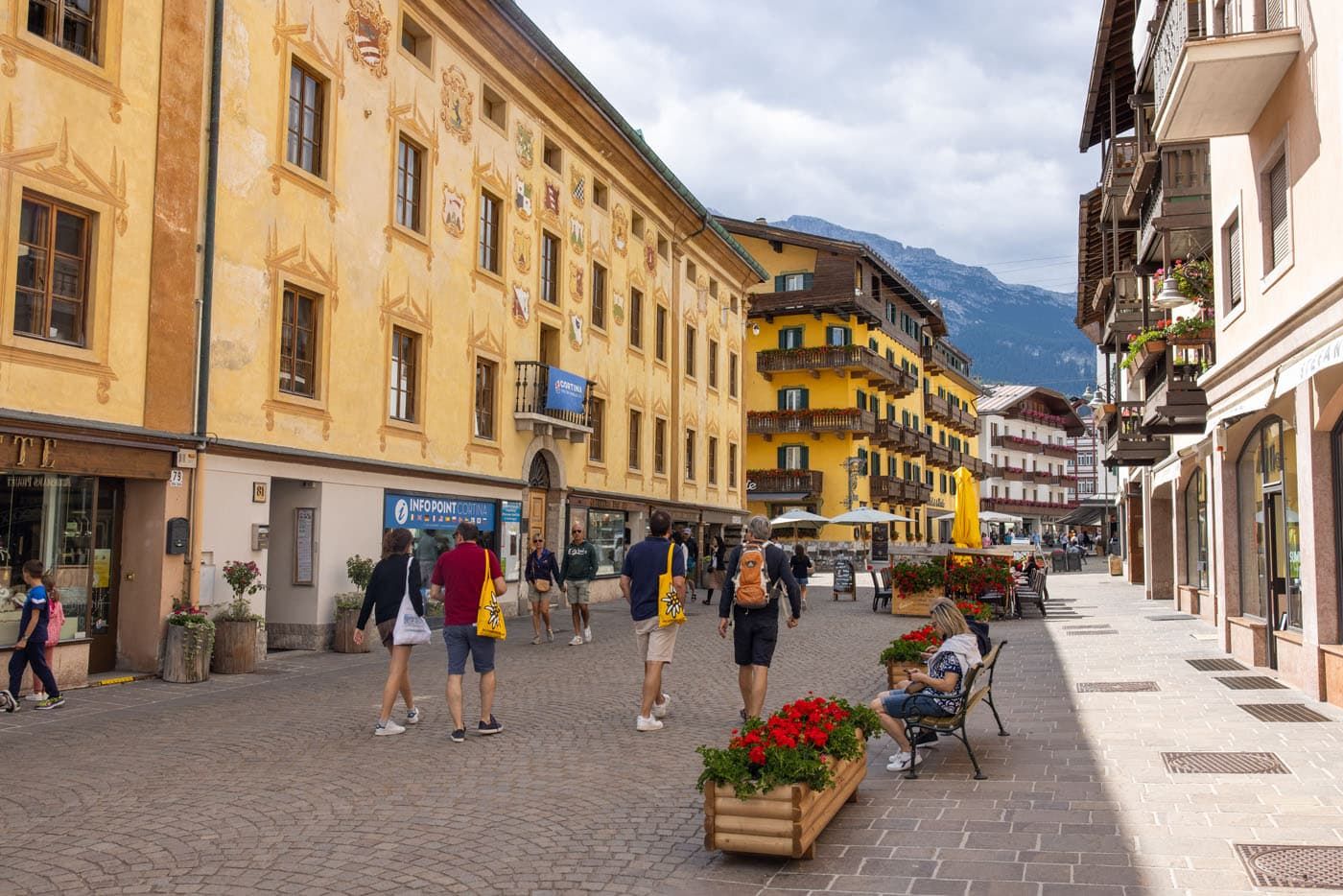
Cortina d’Ampezzo
Selva di Cadore
We stayed in this very small town on our first visit to the Dolomites. It is somewhat centrally located, so if you had to pick just one place to stay, Selva di Cadore is a good place to consider.
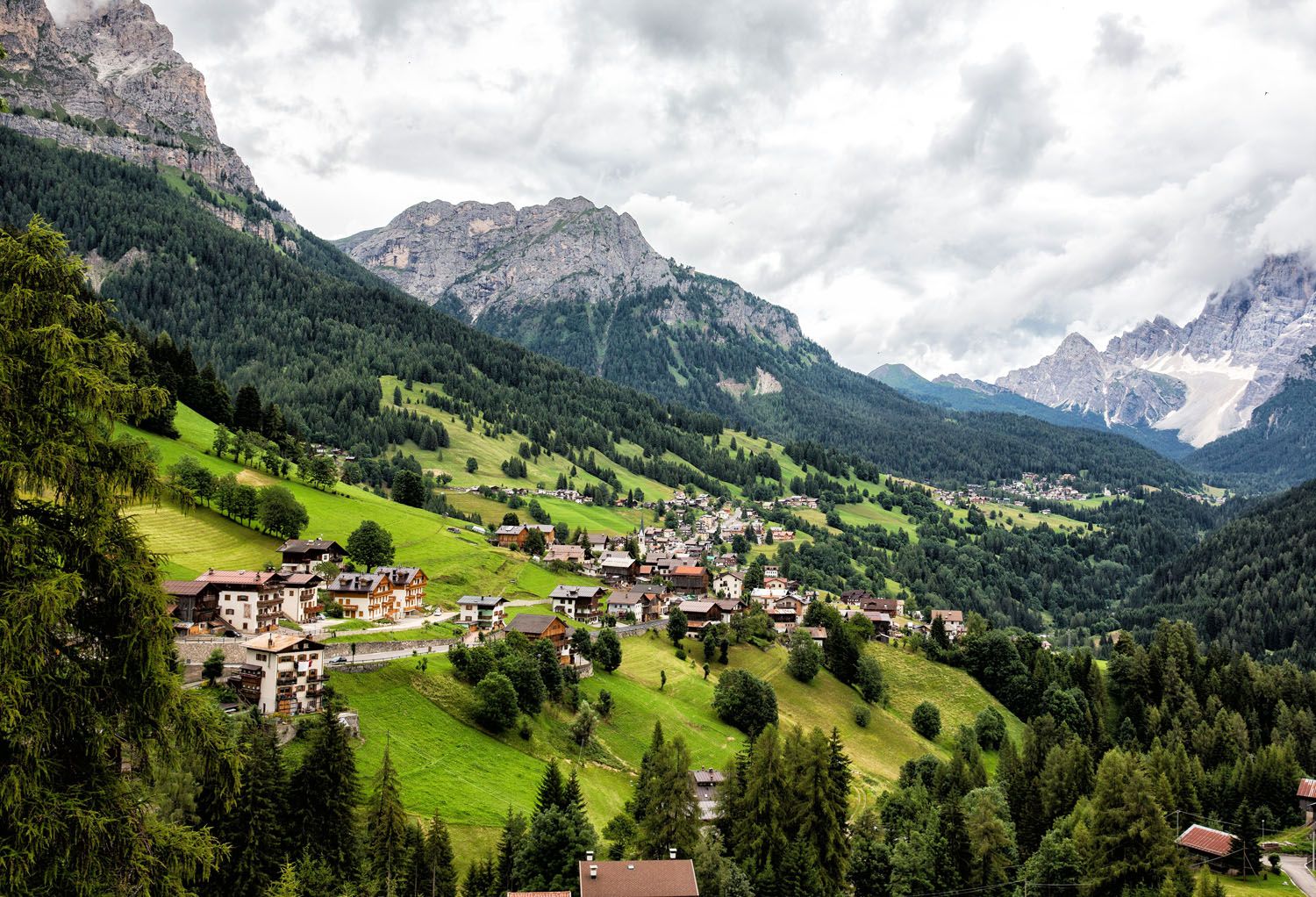
Selva di Cadore
Dobbiaco
Dobbiaco is located in the northern part of the Dolomites. It’s a good home base for visiting Lago di Braies and hiking Tre Cime di Lavaredo, but it will be a long drive to get pretty much everywhere else in the Dolomites.
Selva di Val Gardena & Ortisei
These two towns are located in Val Gardena, not far from the Puez-Odle Nature Park. Like Cortina d-Ampezzo, you have lots of hotels and restaurants to choose from.
From here, you can visit Seceda, Val di Funes, Alpe di Siuis, and hike the Puez-Odle Altopiano.
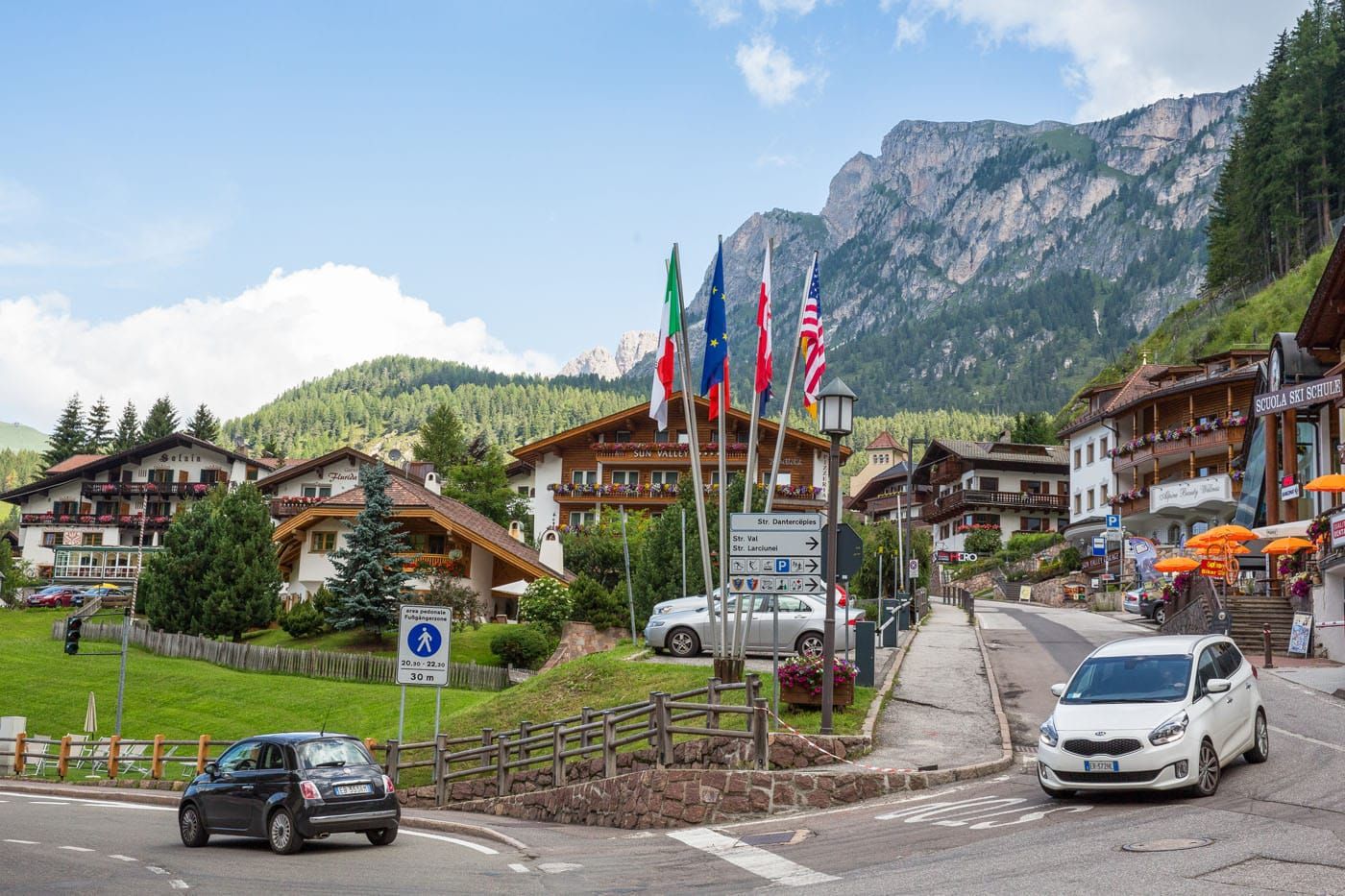
Selva di Val Gardena
Bolzano
Bolzano is a small city on the western edge of the Dolomites. I don’t recommend staying here, since it will be a long drive to get to everything, but there is a train station here, making it a gateway into the Dolomites. From Bolzano, you can pick up a rental car for a few days and then road trip through the Dolomites.
How to Get to the Dolomites
There are no airports and very few train stations in the Dolomites.
There are train stations in Bolzano and Dobbiaco. If you are traveling by train through Italy, you will ride the train to one of these stations and then use the buses to get around. Or, rent a car and then road trip through the Dolomites.
The easiest way to get to the Dolomites, and get around the Dolomites, is by rental car.
To keep costs low, and use the trains for the rest of your trip to Italy, rent a car just for the time that you will need it in the Dolomites. You can rent a car at Venice, Verona, Milan, Bolzano, or Bologna, drive to the Dolomites, and return it from the same city, or the next one on your itinerary, once finished in the Dolomites.
Here are the driving distances and times from other nearby destinations to Cortina d’Ampezzo:
- Venice: 160 km, 2.25 hours
- Verona: 260 km, 3.25 hours
- Bolzano: 130 km, 2.25 hours
- Milan: 400 km, 4.75 hours
- Lake Garda (Sirmione): 290 km, 3.5 hours
- Bologna: 295 km, 3.5 hours
- Innsbruck (Austria): 160 km, 2.5 hours
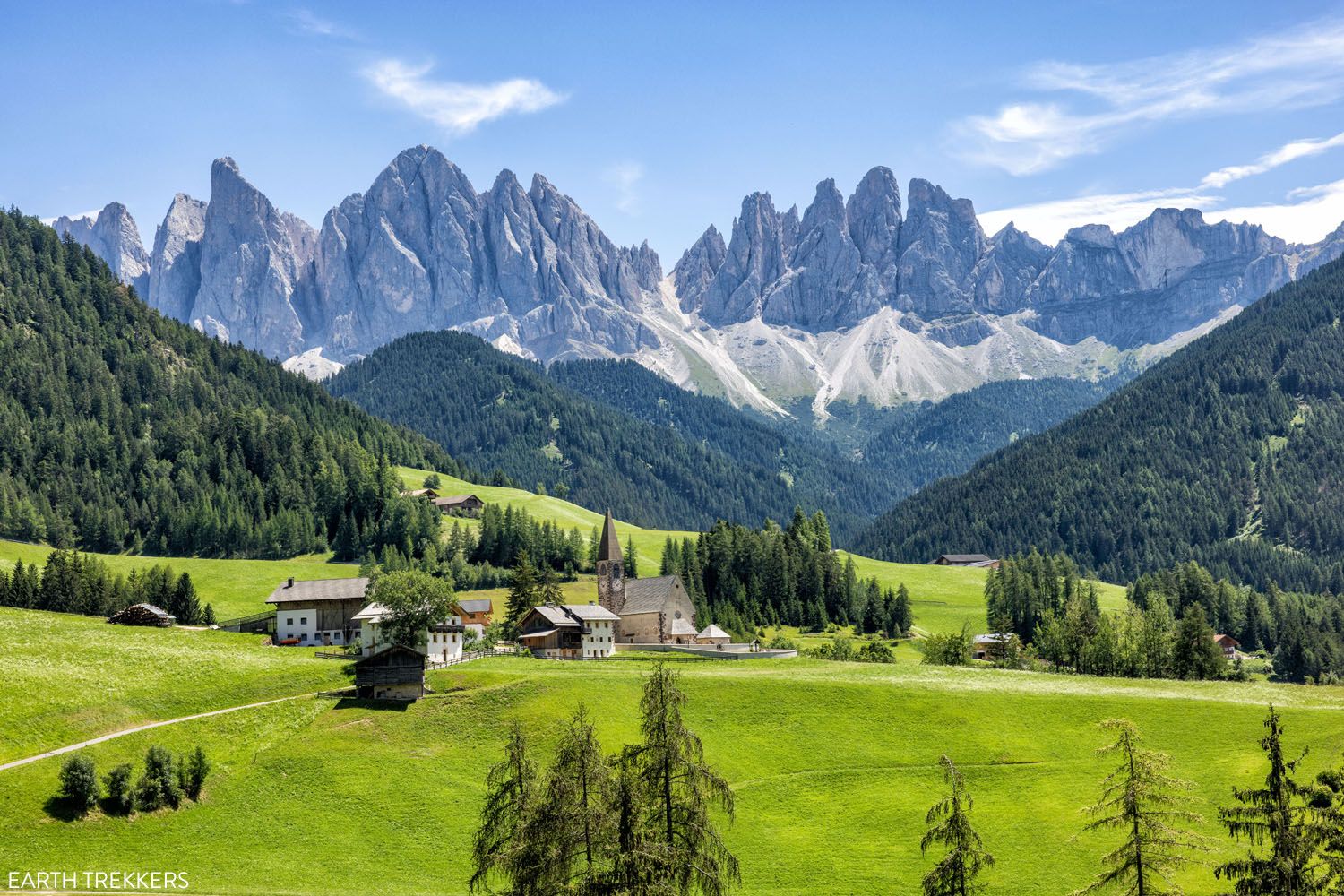
Val di Funes
How to Get Around the Dolomites
The best way to get around the Dolomites is by car. This gives you the freedom to explore the towns, drive the passes, and get to the lakes and trailheads on your own schedule.
There are public buses in the Dolomites, but they unfortunately are not always reliable. It also depends on which region you are in. In Trentino-South Tyrol, we frequently saw buses running. But in Veneto, we rarely saw a public bus and we spoke to several people who said the buses never showed up, leaving them stranded at a trailhead.
We experienced this ourselves, in both Tuscany and Amalfi, where buses did not run on schedule, sometimes leaving us stranded for up to 3 hours. It totally ruins your day.
If you are dependent on public transportation, based on our experience, it’s best to stay in Val Gardena (Selva di Val Gardena or Ortisei) and explore this area of the Dolomites, since the buses seem to be more reliable here.
Here are the links to see the bus schedules in the Dolomites:
- Dolomiti Bus – Belluno region (near Cortina d’Ampezzo)
- SAD Bus – South Tyrol (near Val Gardena)
While in the Dolomites, we have always rented a car and I truly think that is the best way to get around here. You can rent a car for just this portion of your trip to Italy, doing so from the last major town you visit before entering the Dolomites. Venice, Verona, Bolzano, and Milan are all great options. If you return the car to the same city, you will avoid the drop fee which can help keep your rental car cost low.
What is It Like Driving in the Dolomites?
The majority of the roads in the Dolomites are twisting, two lane roads. These can be narrow in spots, just wide enough for two cars.
There are a large number of mountain passes, where you will drive up, and then down, a road filled with hairpin turns. Some of these passes have as many as 33 hairpin turns.
There are signs marking each hairpin turn as you drive past it (look for the small white signs with a number and the word “tornante”).
These drives over the mountain passes are beautiful, but they can also be stressful and nauseating.
You will be sharing these roads with lots of cyclists. Passing the cyclists on these roads take patience, because with the curves and hills, your visibility to see oncoming cars isn’t the greatest.
And there are very few straight sections of road in the Dolomites. If you are prone to motion sickness, pack your Dramamine or anything else you use to minimize your symptoms.
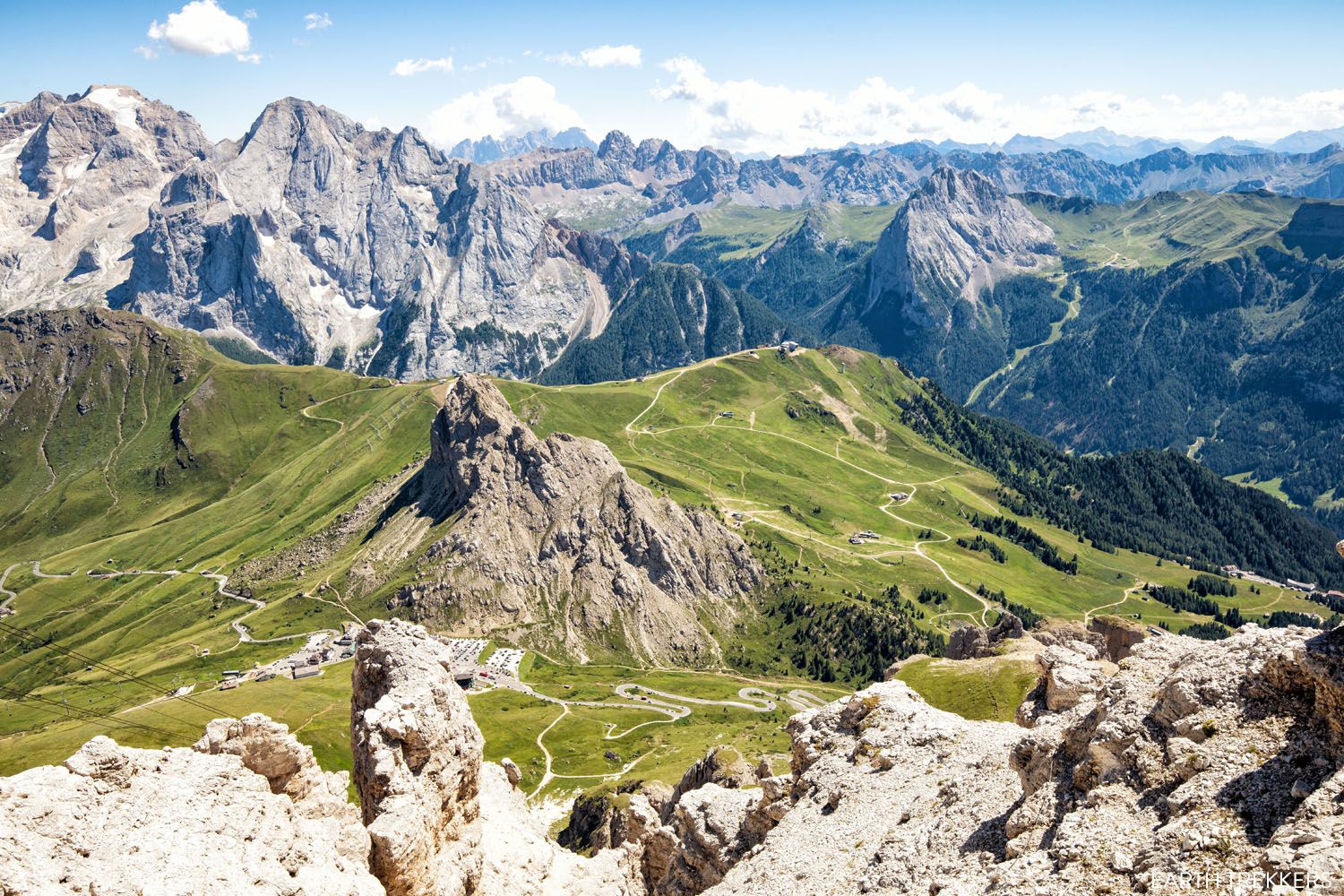
Passo Pordoi
Maps for the Dolomites…Are they Necessary?
On our most recent trip to the Dolomites (July 2022), we did not have any paper maps, even though I know they are recommended by other travel websites.
We had a European SIM card through Airalo and we used Google Maps to get from place to place in the Dolomites, without any issues. For the majority of the time, we had a decent cellular signal. The only times that we did not have cellular service, which was rare, was on a remote hiking trail.
And hiking trails are very well signed so I don’t think it is necessary to purchase a Tabacco map (the Dolomites trail maps) unless you are going hut-to-hut or hiking on a lesser-known trail.
Some Places Have a Morning Cut-Off Entry Time or Reservation System
As the Dolomites grow in popularity, more and more places are instituting morning cut-off times for those arriving by car.
For example, you cannot enter Alpe di Siusi by car between the hours of 9 am and 5 pm. During this time frame, you can take the bus or a cable car to get to Compatsch in Alpe di Siusi.
Lago di Braies also has a similar rule in effect. During the summer months, you cannot drive through the Pragser Tal Valley from 9:30 am to 4 pm. During this time, you will have to use public transportation, walk, or bike to Lago di Braies.
At at Rifugio Auronzo, the parking lot for Tre Cime di Lavaredo and the Cadini di Misurina, has a reservation system, starting in 2025. Learn more about the reservation process here.
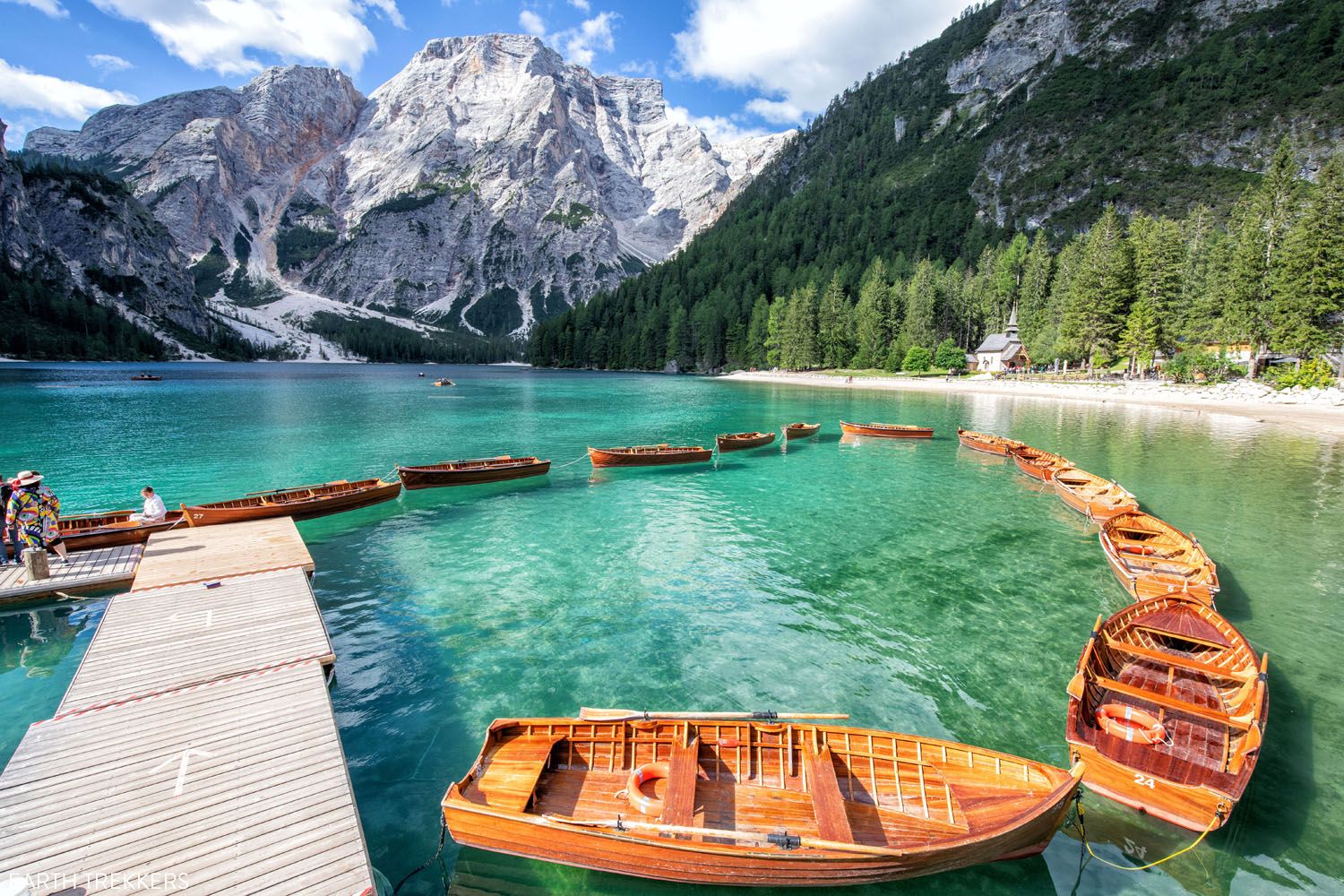
Lago di Braies
The Cable Cars Do Not Run All Year
Riding the cable cars to mountaintops and hiking trailheads is one of the best experiences to have in the Dolomites. However, most cable cars have two seasons: a summer season and a winter season, with closures in the spring and fall. Each cable car has a different operating schedule and these dates seem to change a little bit each year.
In general, expect most cable cars and chairlifts to be closed from early April through late May and mid to late September through early to late December (although the fall dates vary quite a bit from cable car to cable car).
If you are planning a visit to the Dolomites in April, May, September, October, November, and December, your trip could be affected by these closures. I recommend checking the dates of operation for the cable cars you plan to ride, to determine if they will be open. In our guides that include a ride on a cable car, we give the links to the websites so you can check the dates.
Best Time to Visit the Dolomites
If you are planning a trip to the Dolomites to go hiking, June through September is the best time to visit the Dolomites.
In May and even into late June in some years, snow can linger on the trails. The earliest I recommend planning a hiking trip is early June. You can still visit the Dolomites in May, but you might be limited in what hikes you can do.
If you are planning a trip in May, it could be too early to go hiking in the Dolomites, because cable cars and chairlifts could be closed and snow could still cover the trails.
In October, once the snow begins to fall, the trails close. It varies from year to year, but the hiking trails are typically closed by the end of October into very early November. If the snows come early, this could happen by mid-October. Between late September and early November, the cable cars stop running in the Dolomites.
We have visited the Dolomites twice, both times in July. On our first visit, which lasted 3 days, we had a rainy day and clouds on the others. Even in late July, there was still snow on some trails. On our most recent trip, we spent 9 days here and had warm weather and sunny skies for the majority of the time. A few days there were afternoon thunderstorms which passed through quickly.
We would love to return to the Dolomites in September, when the weather is cooler. Towards the end of September into October, you could also see some fall colors.
If skiing is your thing, visit the Dolomites from December through March, although some ski resorts will open sooner than this or close later than this.
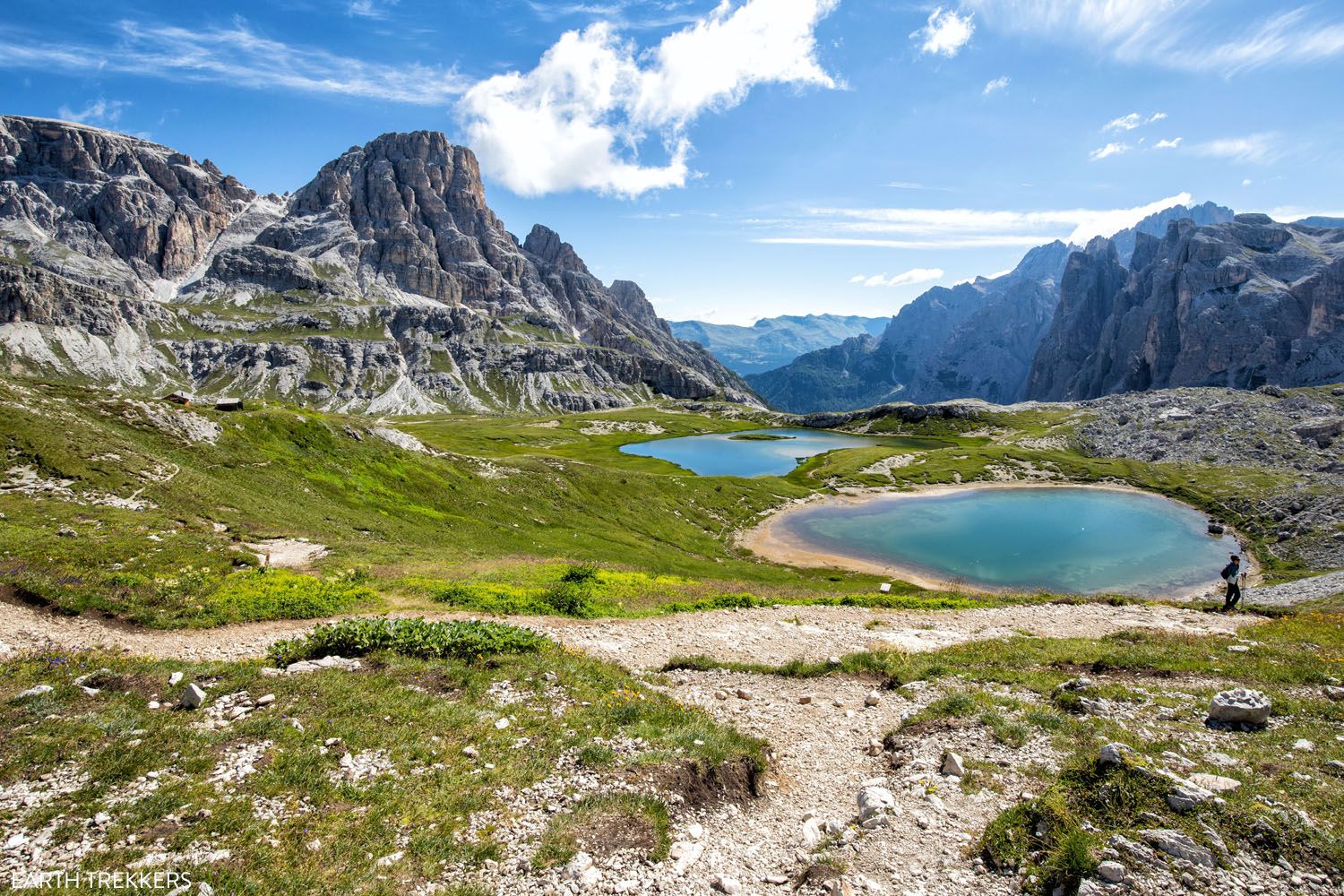
Laghi dei Piani, Tre Cime di Lavaredo hike
The Dolomites Feel More Austrian than Italian
With its location in northern Italy, the Dolomites at times feels more Austrian than Italian.
South Tyrol was once part of the Austro-Hungarian empire. In 1918, this region was annexed by Italy. The majority of residents in South Tyrol speak German and identify more with Austria than Germany.
Step foot in the Dolomites and you will feel like you are standing in Austria or Switzerland. Chalets, with their baskets of colorful flowers, line the streets in the small towns and are scattered across the green, rolling hills. As you hike the trails, you will hear the clanging of cow bells. And the cuisine is a wonderful blend of Italian and Austrian food.
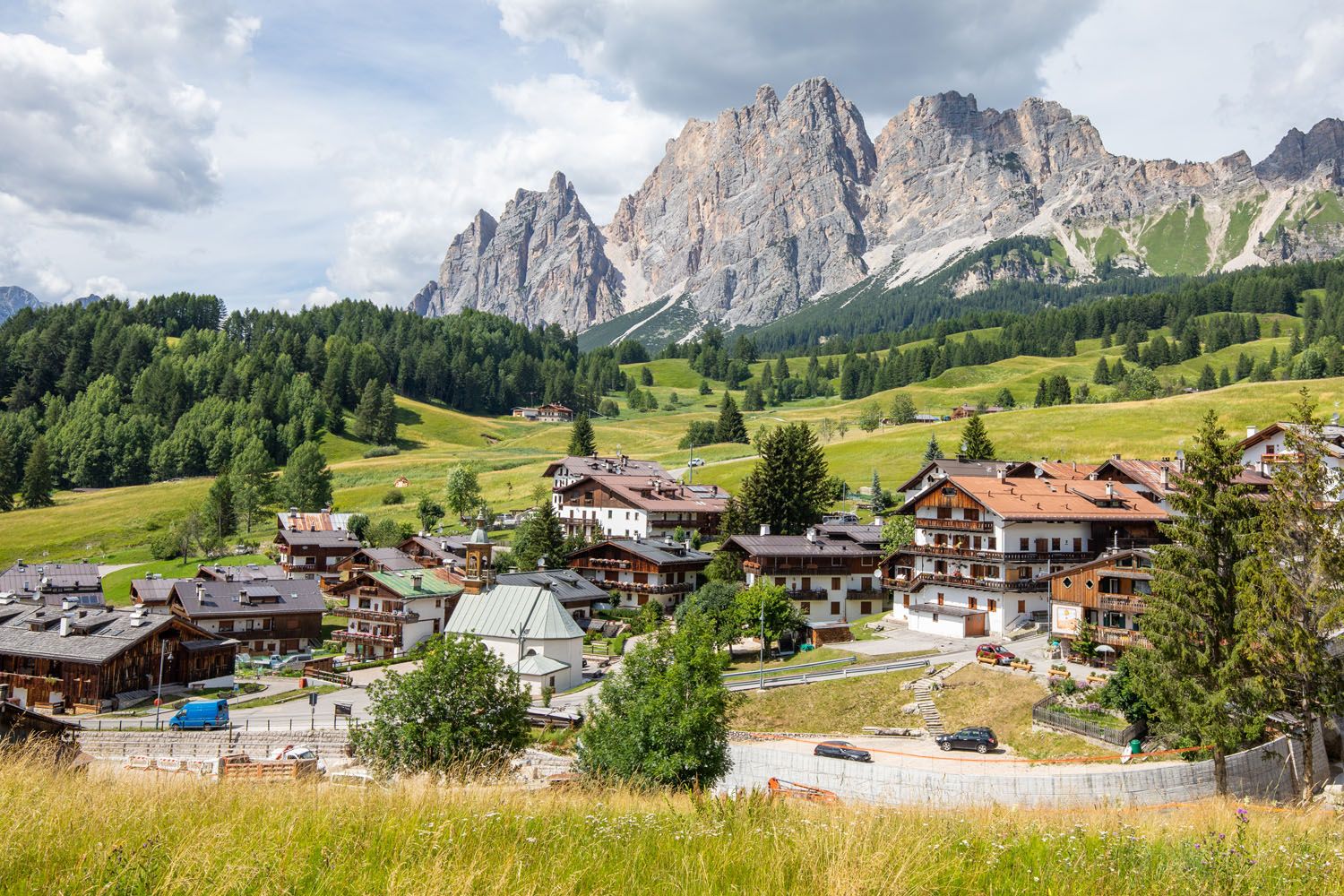
View on the drive into Cortina d’Ampezzo
There are Two Names for Almost Everything
Because of the history of this region and its Austrian and Italian influences, there are two names for almost everything, an Italian name and a German name. In some places, there might even be a third name. Ladin is a Romansh language that is spoken in Alta Badia and Val Gardena.
Here are a few examples:
- Rifugio (Italian) | Hütte (German)
- Tre Cime di Lavaredo (Italian) | Drei Zinnen (German)
- Lago di Braies (Italian) | Pragser Wildsee (German)
- Alpe di Siusi (Italian) | Seiser Alm (German)
- Ortisei (Italian) | Urtijëi (Ladin) | St. Ulrich (German)
- Selva di Val Gardena (Italian) | Sëlva (Ladin) | Wölkenstein in Groden (German)
- Val di Funes (Italian) | Villnöß (German) | Funès (Ladin)
When traveling through the Dolomites, most people speak or understand a little bit of English, but knowing some basic Italian and German is helpful and appreciated by the locals.

Selva di Val Gardena
How Much Does it Cost to Visit the Dolomites?
I wouldn’t call the Dolomites a budget location, but it is cheaper than a trip to Switzerland.
If you plan to road trip through the Dolomites, you will have a rental car ($100 – $150 USD per day), parking fees ($20 USD per day), a hotel ($150 – $200 USD per day for a double room in a 3-star hotel), food ($30 – $60 per person per day), and fees for cable cars (this varies).
The rental car is a big expense, but it gives you more freedom to move around the Dolomites, which can save you some time, which is extremely valuable, especially on a quick trip to the Dolomites.
If you are traveling on a budget, you could get around by bus, or even hike hut to hut, both of which are very economical ways to travel through the Dolomites.
Best Things to Do in the Dolomites
In the summer months, hiking is the best thing to do in the Dolomites. I’ll cover that in more detail next, but here is a list of things you can do in the Dolomites with little to no hiking.
Ride the Cable Car to Cima Tofana: From the mountain station, you have 360° views of the Dolomites. For even better views, it is a very short hike to Tofana di Mezzo, one of the highest peaks in the Dolomites. In our opinion, it’s even better than the more popular Marmolada.
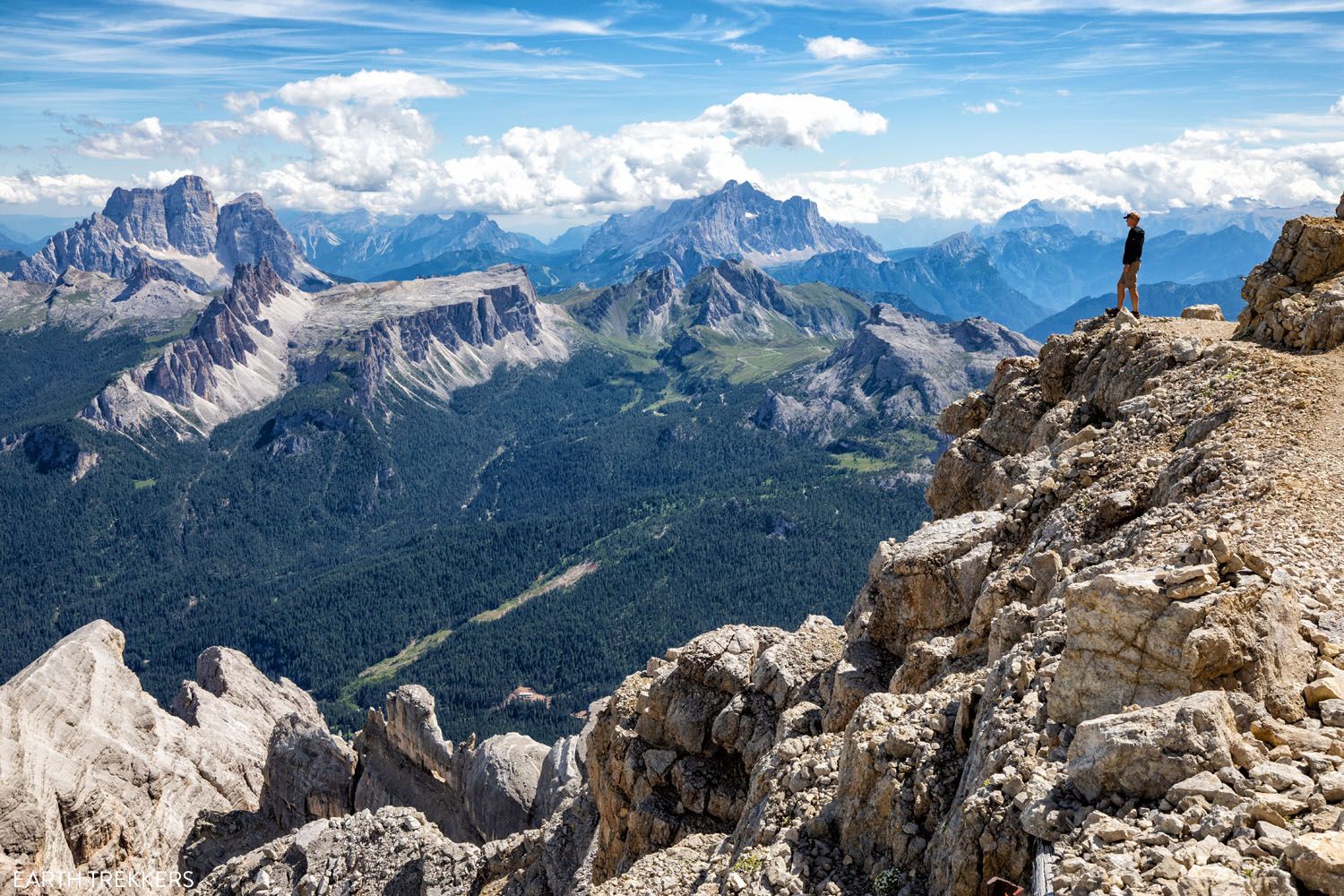
The view from Cima Tofana
Marmolada. Ride the cable car to the top of Marmolada, the highest mountain in the Dolomites.
Ride the Cable Car to Lagazuoi. From Falzarego Pass, ride the cable car to Lagazuoi, enjoy the view, and you can even hike back down to the pass.
Drive the Mountain Passes. There is a long list of scenic mountain passes to drive in the Dolomites. Our favorites are Passo Pordoi, the Sella Pass, Passo Giau, and the Sella Pass.
Visit the Lovely Lakes. There are a handful of beautiful lakes you can visit, including Lago di Braies, Lago Federa, Lago di Misurina, and Lago di Carezza.
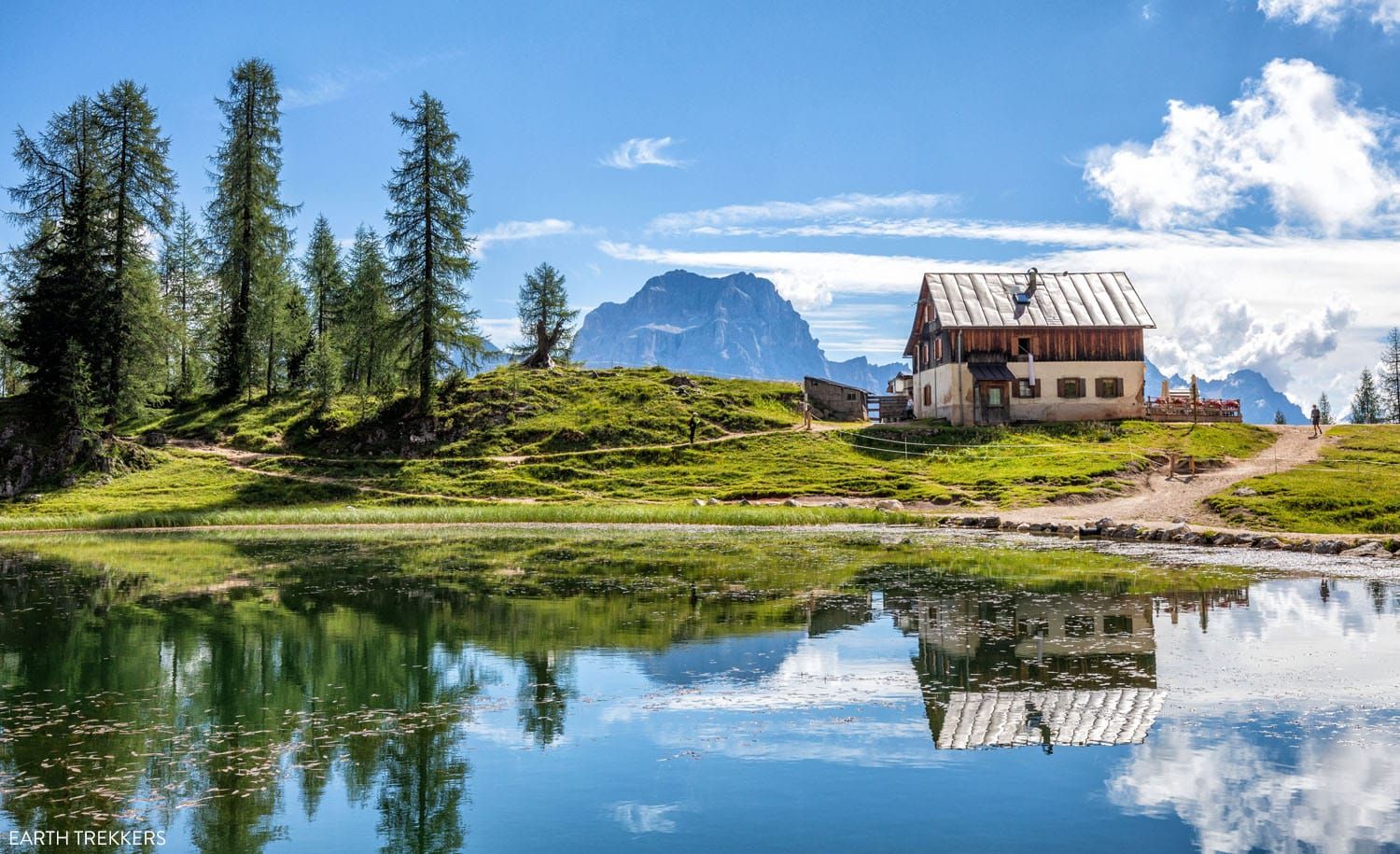
Lago Federa
Seceda. Ride the cable car to Seceda for one of the most iconic views in the Dolomites.
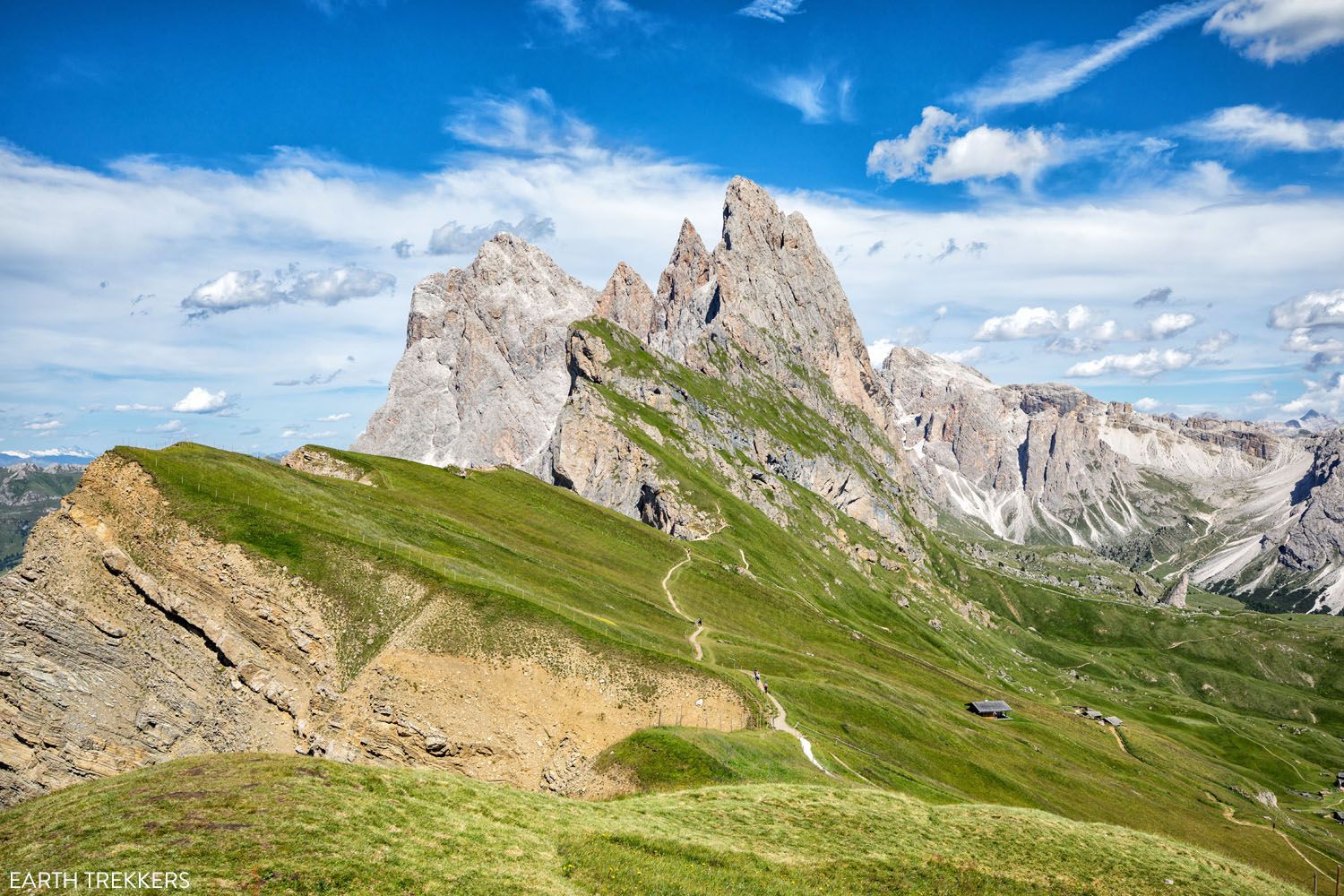
Seceda
Visit Val di Funes. Val di Funes is one of the most picturesque areas of the Dolomites. From these green rolling hills, you get a jaw-dropping view of the Odle/Geisler Group and Santa Maddalena Church.
Visit Alpe di Siusi (Seiser Alm). This is the highest alpine meadow in Europe and a great place to go hiking and mountain biking in the summer and skiing in the winter.
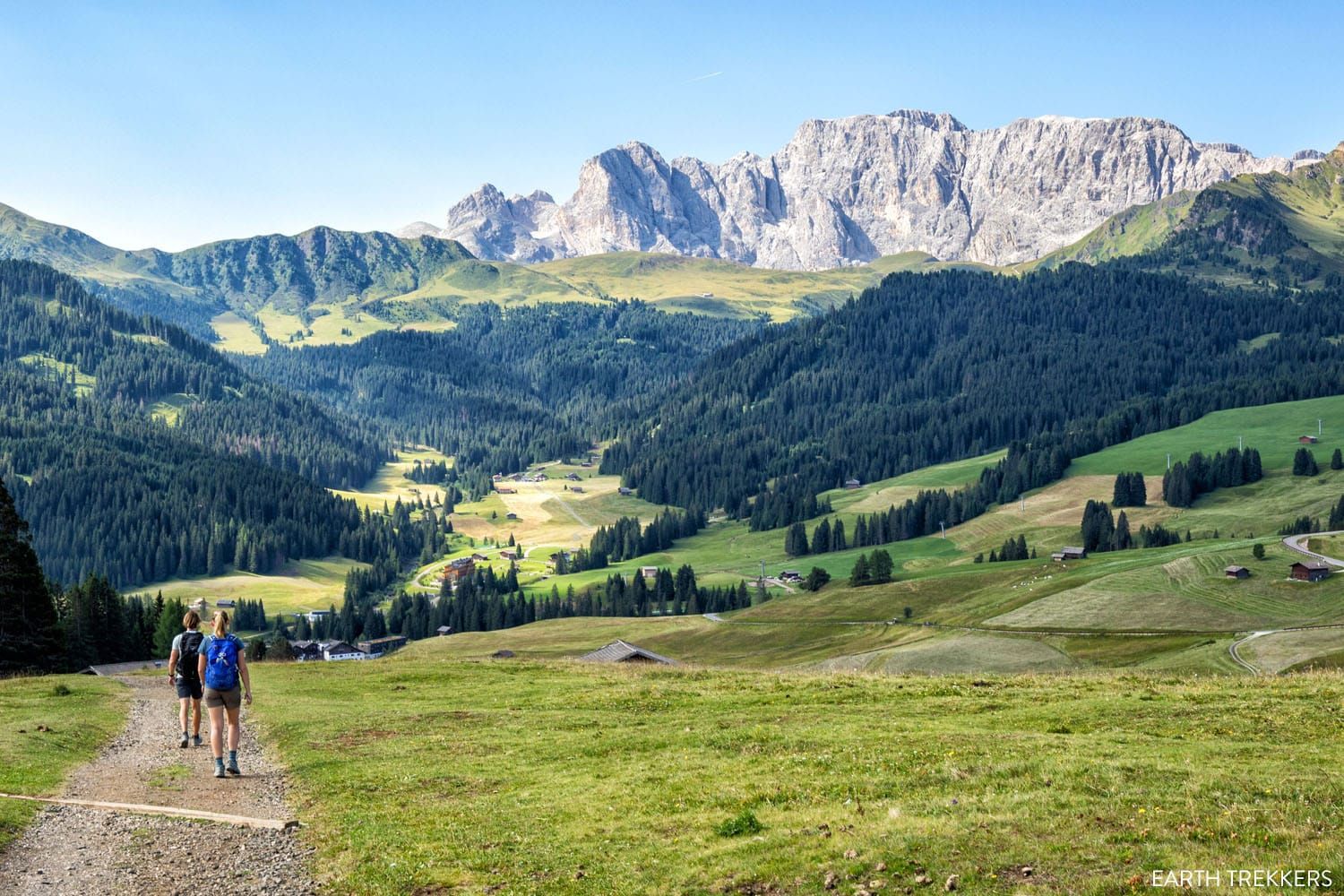
Alpe di Siusi (Seiser Alm)
Eat Your Way through the Dolomites. In the Dolomites, the food is a wonderful blend of Italian, Austrian, and German cuisine. From mountain huts to Michelin-starred restaurants, you won’t go hungry in the Dolomites.
Go skiing. In the winter months, the Dolomites are a fantastic place in Europe to go skiing.
See the full list of things to do in our article Best Things to Do in the Dolomites (With Little to No Hiking) ↓
Best Things to Do in the Dolomites (With Little to No Hiking)
15 things to do in the Dolomites that require little to no hiking.Dining in a Rifugio is Better than You Might Expect
Our first “rifugio experience” was on the Puez-Odle Altopiano hike, during our first visit to the Dolomites. We had just hiked for several hours and then there, sitting high in the mountains, was a rifugio. What a perfect place to take a break, have a beer and/or apfelstrudel, mid hike!
That left us with two questions. How do they get the food to the rifugios and why don’t we have this in the USA?
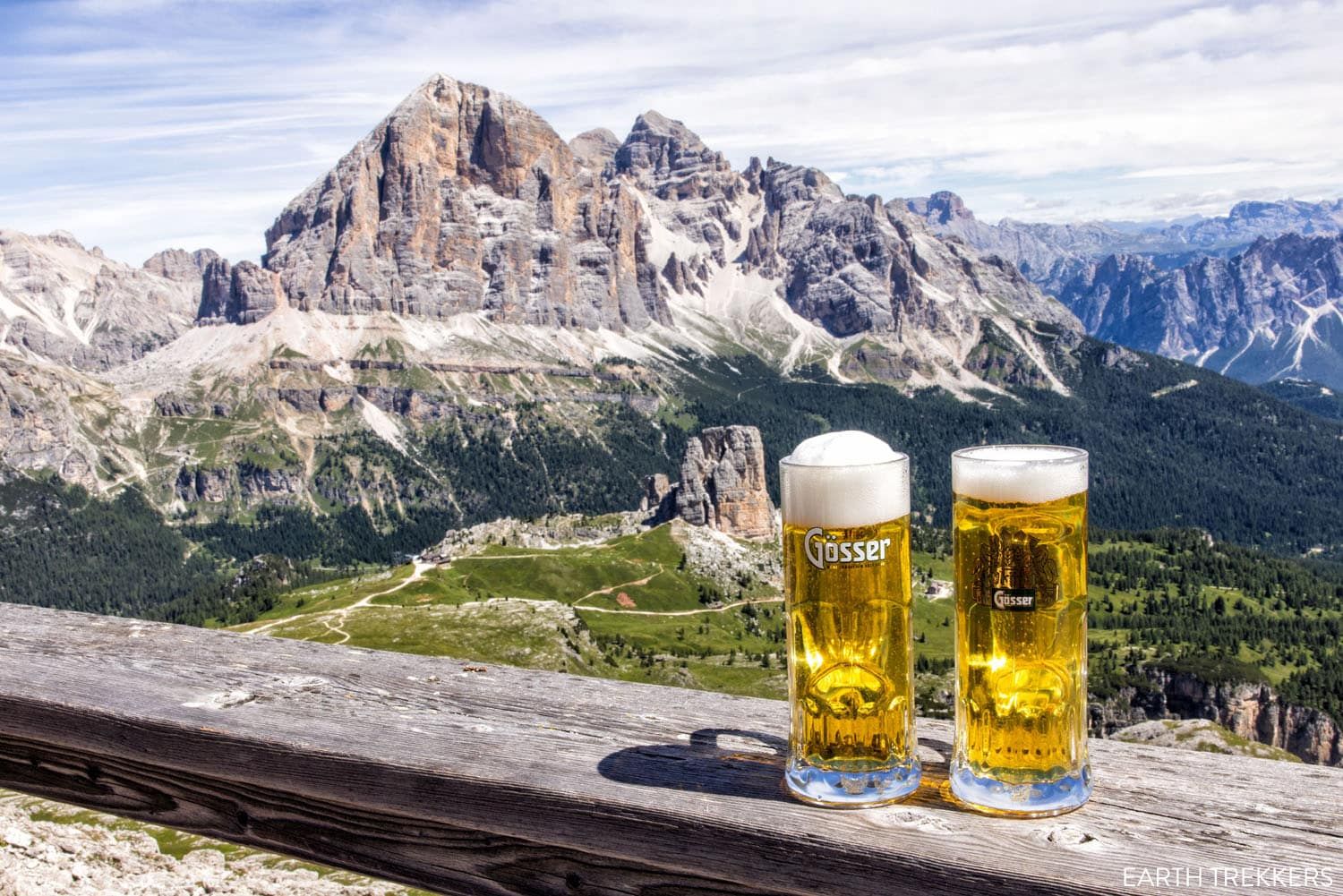
Beer and an awesome view at Rifugio Nuvolau
On our next visit to the Dolomites, we made it a point to dine at the rifugios as much as possible.
To hike to mountain hut, have a meal, all while gazing out across some the most magnificent landscapes in Europe, is a must-have experience in the Dolomites. And the food…it’s amazing! I expected mediocre food from these rifugios but some of our best meals on our trip came from these small mountain huts.
PRO TRAVEL TIP: A rifugio (also called a hütte) is a mountain hut. A malga (also called an alm or baita) is an alpine pasture hut.
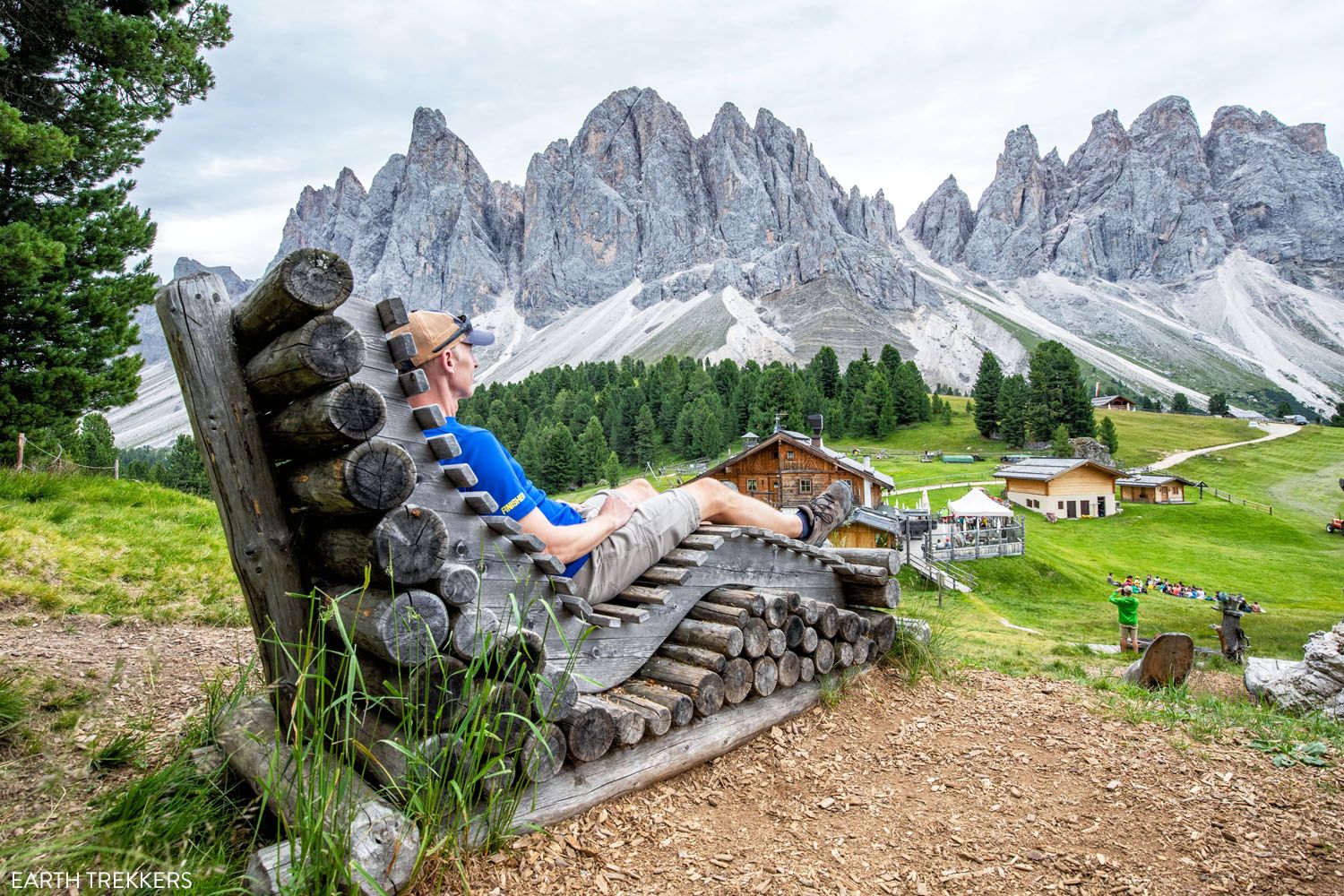
Lounging around at Geisler Alm
Here are a few of our favorites:
Rifugio Nuvolau. One of the highest rifugios we visited. The 360° views are amazing and we ate grilled sandwiches that were superb.
Rifugio Averau. We did not eat here but two different people told us that they had the best pasta in all of Italy here.
Malga Casnago/Gschnagenhardt. In Val di Funes, you can get here on the Adolf Munkel Weg. Great views of the Odle/Geisler group and the food is very good.
Geisler Alm/Rifugio delle Odle. Located 5 minutes from Malga Casnago, this restaurant serves great food. We loved the wooden lounge chairs with views of the Odle/Geisler group.
Baita Ciampac Hut. This small restaurant sits in Vallunga, a valley just to the northeast of Selva di Val Gardena. You can drive here from town. Kids will love the playground and parents will love the views of the nearby mountains.
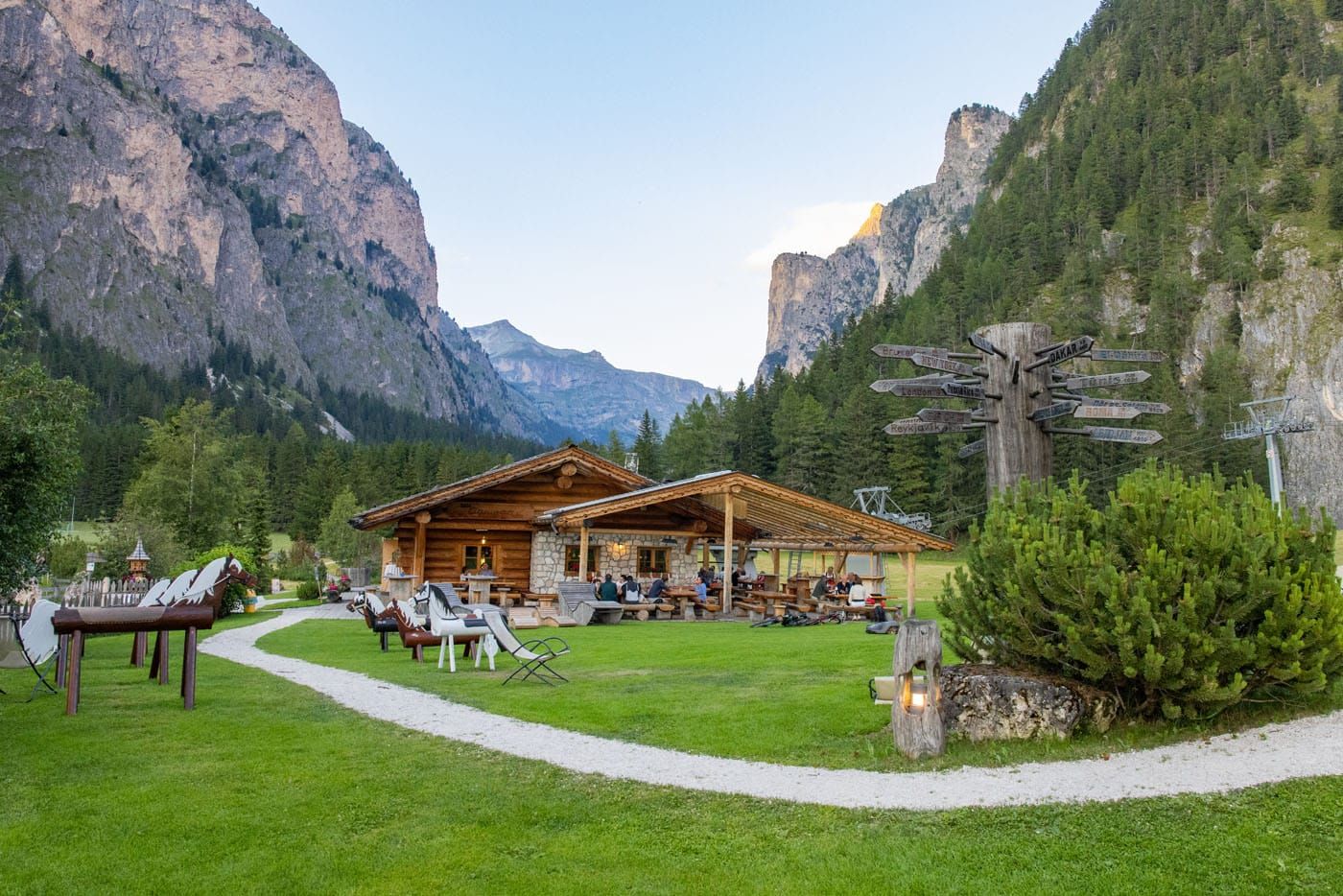
Baita Ciampac Hut
Best Hikes in the Dolomites
One of the best ways to explore the Dolomites is on a hiking trail. Here are a few of our favorites and you can see the full list in our Dolomites Hiking Guide.
Puez-Odle Altopiano. With jaw-dropping views of the Dolomites, fields of wildflowers, and some of the best alpine views in Italy, this is our favorite hike in the Dolomites.
Cinque Torri. A short, easy hike around one of the most recognizable rock formations in the Dolomites.
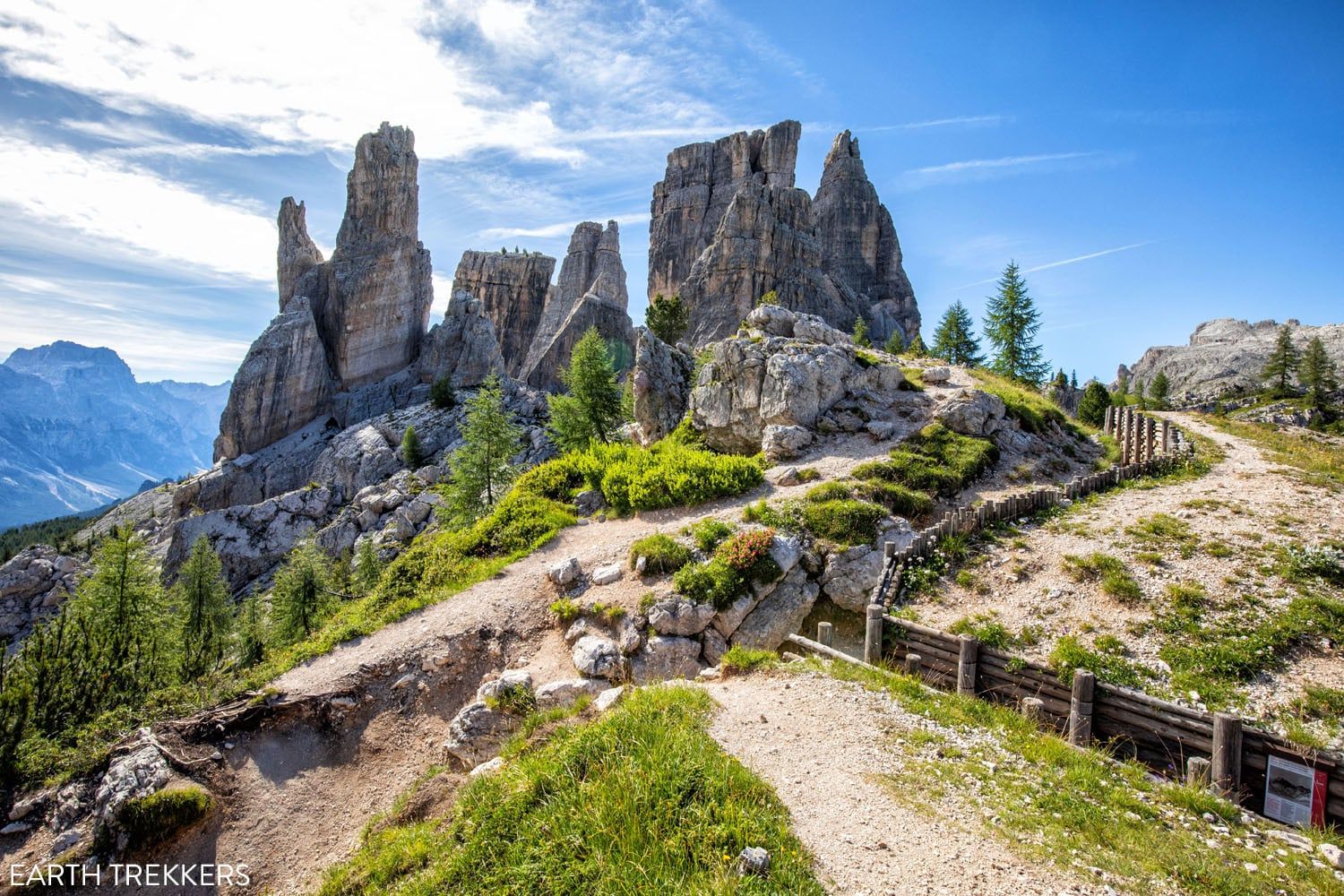
Cinque Torri
Rifugio Averau and Rifugio Nuvolau. Add this on to the Cinque Torri hike and enjoy one of our favorite views of the Dolomites (and dine in a mountain hut).
Tre Cime di Lavaredo. This hike is an essential hike in the Dolomites. It loops around the triple peaks of Tre Cime di Lavaredo and is a beautiful hike every step of the way.
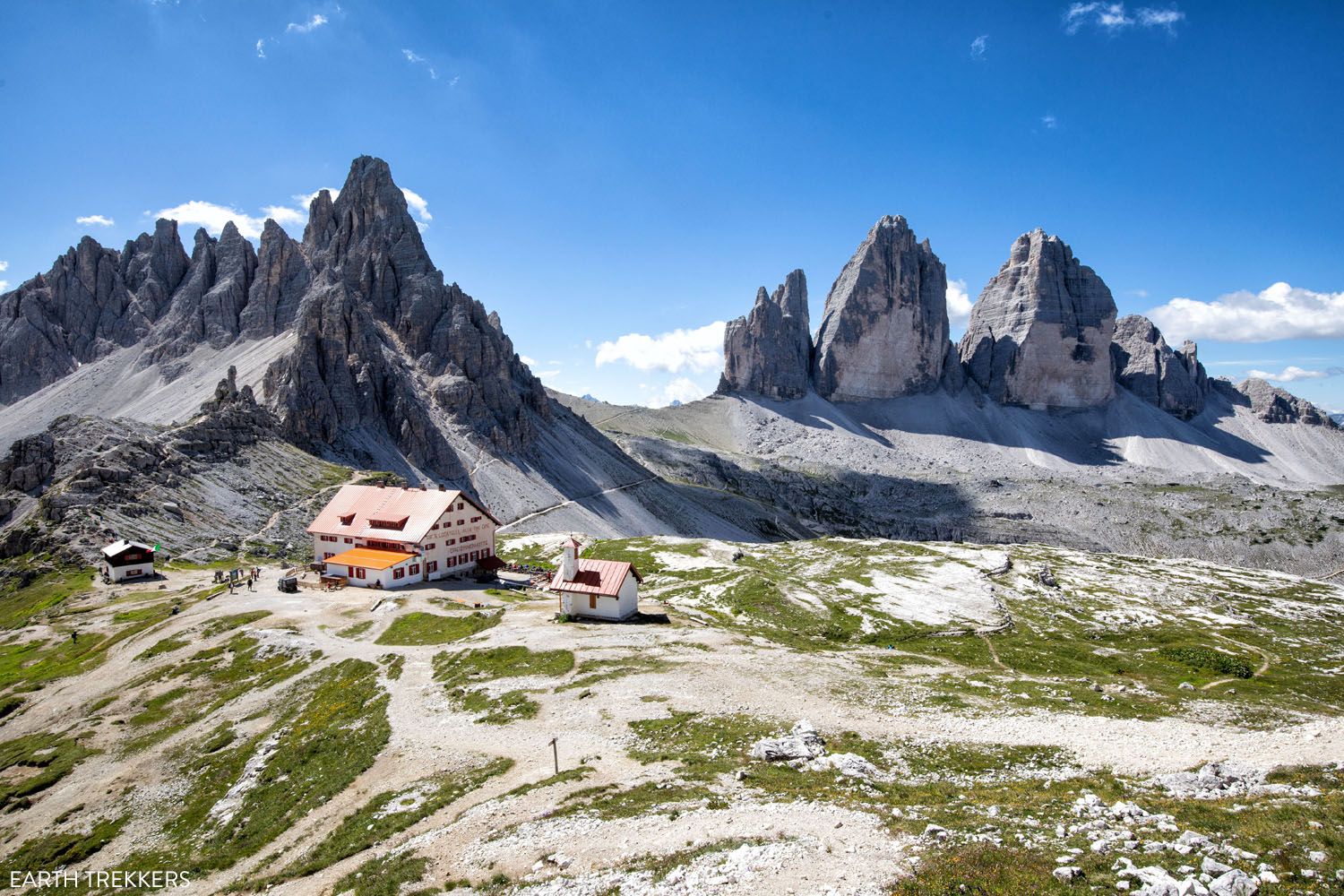
Tre Cime di Lavaredo
Seceda. A short, easy hike to one of the best viewpoints in the Dolomites.
Croda da Lago Circuit & Lago Federa. This hike loops around the Croda da Lago mountain group. On the way, you will visit the lovely Lago Federa and climb up to Forcella Ambrizzola and Forcella Rossa for more panoramic views of the Dolomites.
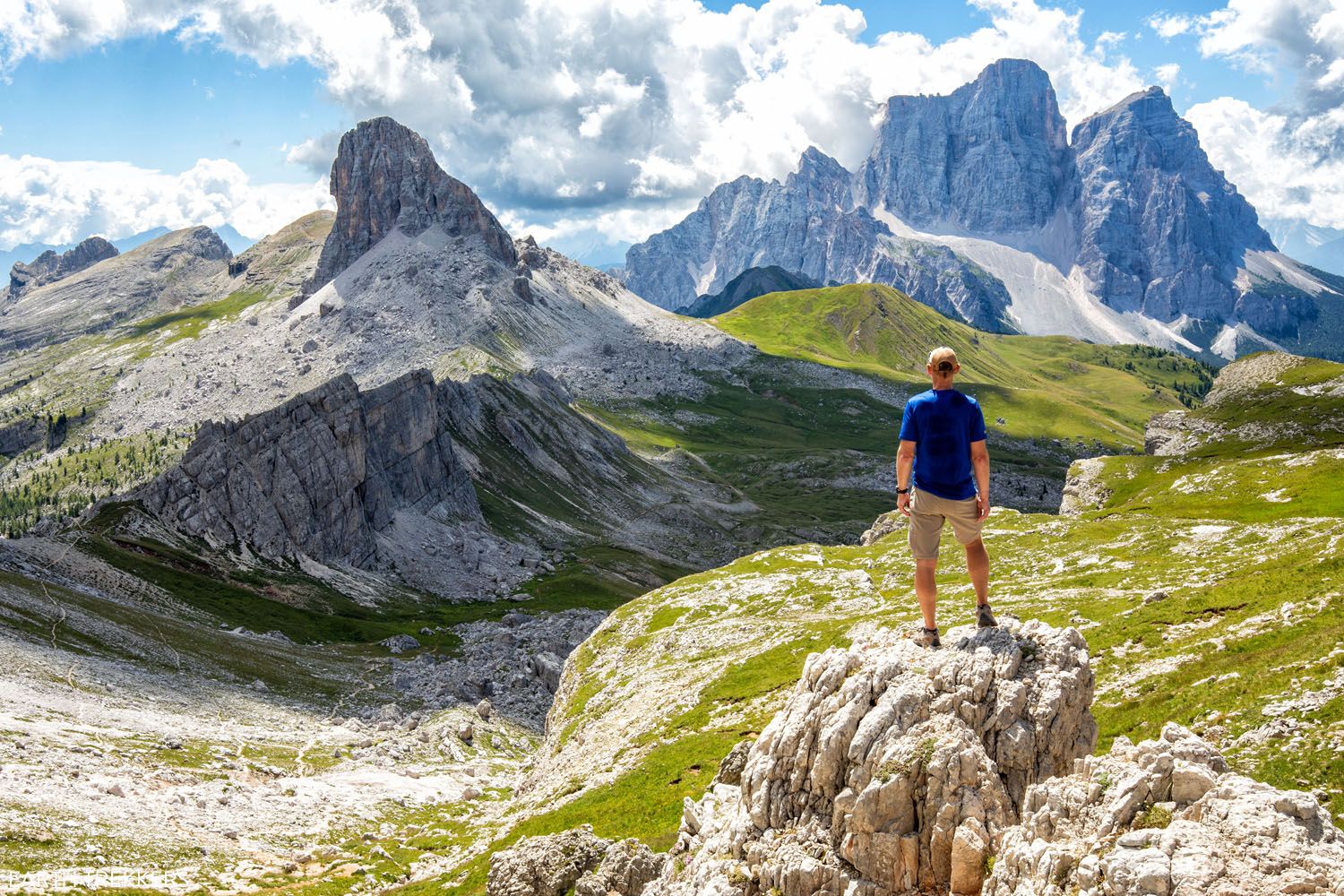
Croda da Lago Circuit
Piz Boe. The summit sits over 3,000 meters (10,000 feet) making it another place to get panoramic views of the Dolomites.
Cadini di Misurina. The main reason for doing this hike is to reach the viewpoint of the Cadini di Misurina but you also get a very unique view of Tre Cime di Lavaredo.
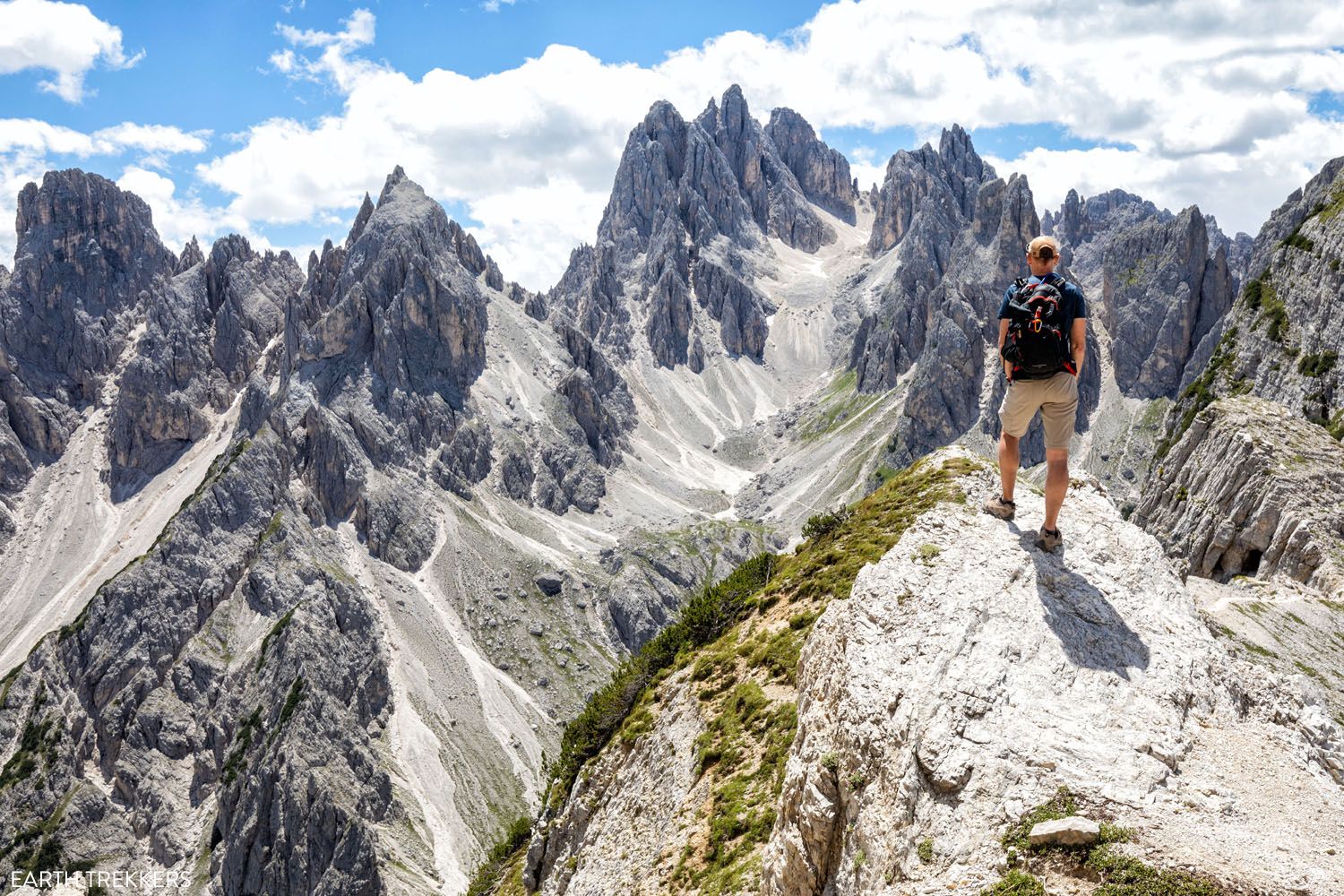
Cadini di Misurina viewpoint
Lago di Sorapis. This aquamarine lake attracts hundreds of hikers every day. You have the option to turn the hike into a loop and venture high into the mountains and leave the crowds behind.
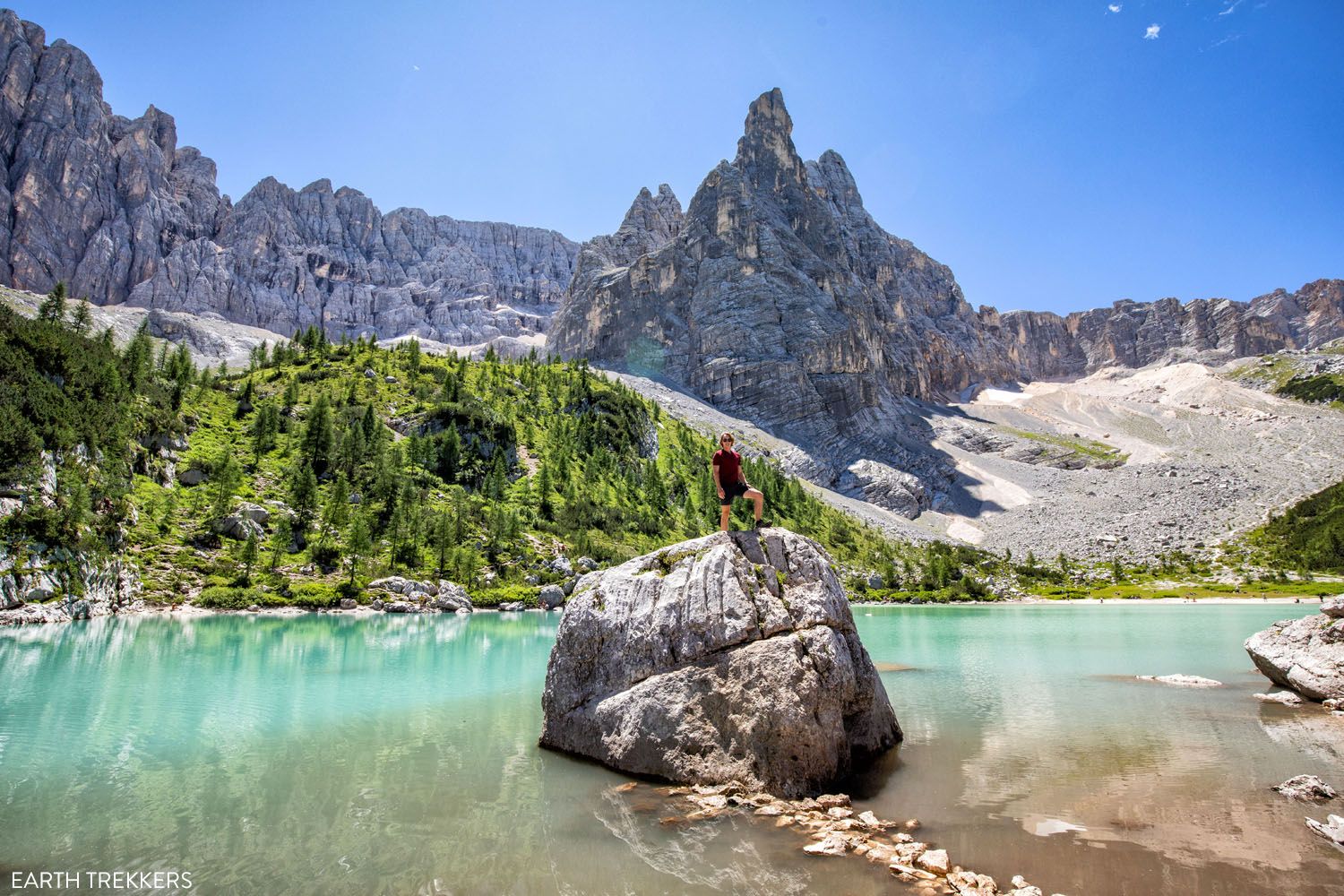
Lago di Sorapis
How Many Days Do You Need in the Dolomites?
As many as possible. 😉
If you simply want to drive through the Dolomites and visit a few highlights, two to three days is all you need.
If you love hiking, spend as much time here as you can. I recommend five days at a minimum. So far, we spent 12 very busy days in the Dolomites and still have more that we want to come back and do. So, if you have the time in your schedule, you could easily spend 7 to 10 days hiking in the Dolomites.
In our Dolomites Itinerary Travel Planning Guide, we share with you the top experiences in the Dolomites, how to organize them day-by-day, and then how to put them all together to create your perfect Dolomites itinerary, whether you have 3 days, 5 days, or more.
Ultimate Dolomites Itinerary: Best of the Dolomites from 1 to 10 Days
How to plan your dream trip to the Dolomites.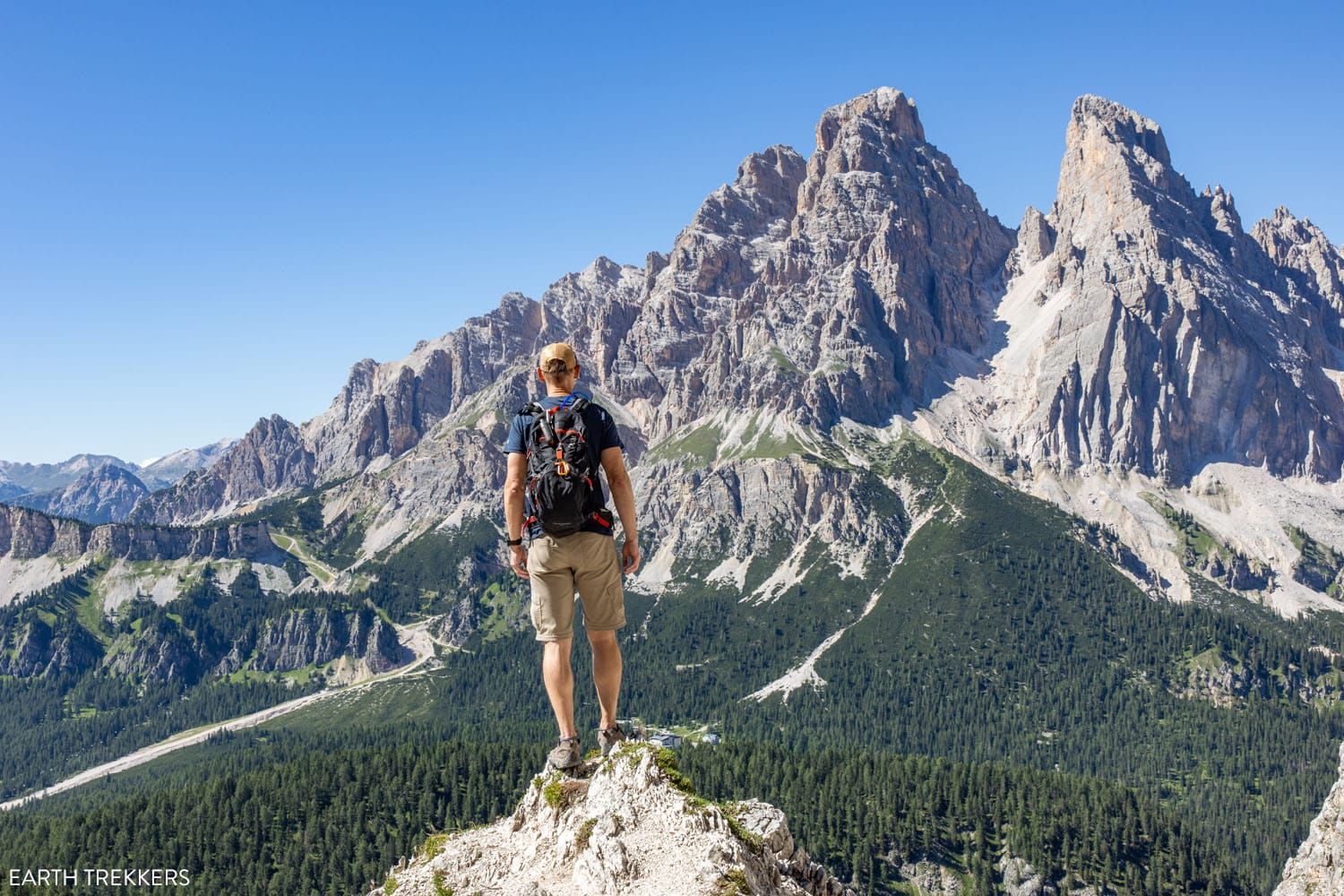
Monte Cristallo (view on the hike to Lago di Sorapis)
Where is the Best Place to Stay in the Dolomites?
If you look at the Dolomites on a map, it doesn’t look all that big. But the narrow winding roads and multiple mountain passes make it slow going when driving through the Dolomites.
To drive from Cortina d’Ampezzo to Selva di Val Gardena, it’s only 60 km but it takes an hour and a half. From Cortina d’Ampezzo, it takes over 2 hours to drive to Alpe di Siusi and 2 hours to get to Val di Funes.
Alternatively, if you are staying in Selva di Val Gardena, it will take two hours to get the parking lot for Tre Cime di Lavaredo and an hour and 45 minutes to get to Lago di Braies.
If you have three or more days in the Dolomites, consider staying in two different places, one in the eastern Dolomites and one in the western Dolomites. Earlier in this guide, we listed what you can do in each one of these areas.
We split our time between Cortina d’Ampezzo and Selva di Val Gardena and it worked perfectly. Ortisei (Urtijëi) is another great option near Sëlva.
If you just have a few days and want one hotel, pick out what you want to do, and then choose the location closest to those activities.
To make things easy, you could book a hotel in Cortina d’Ampezzo, and spend a few days here. Some of our favorite things to do in the Dolomites are near here, including Tre Cime di Lavaredo, Cinque Torri, the Croda da Lago Circuit, and Lago di Braies.
Where to Stay in the Dolomites 2025: Best Locations & Hotels
Get recommendations on where to stay, organized by location and budget.Make Your Hotel Reservations in Advance
The Dolomites are growing in popularity and hotels will sell out months in advance of the summer season. We made our hotel reservations in early March for a trip in July and there was still plenty of availability. However, as visitation to the Dolomites increases, you may want to make your reservations as early as January or February for the summer months.
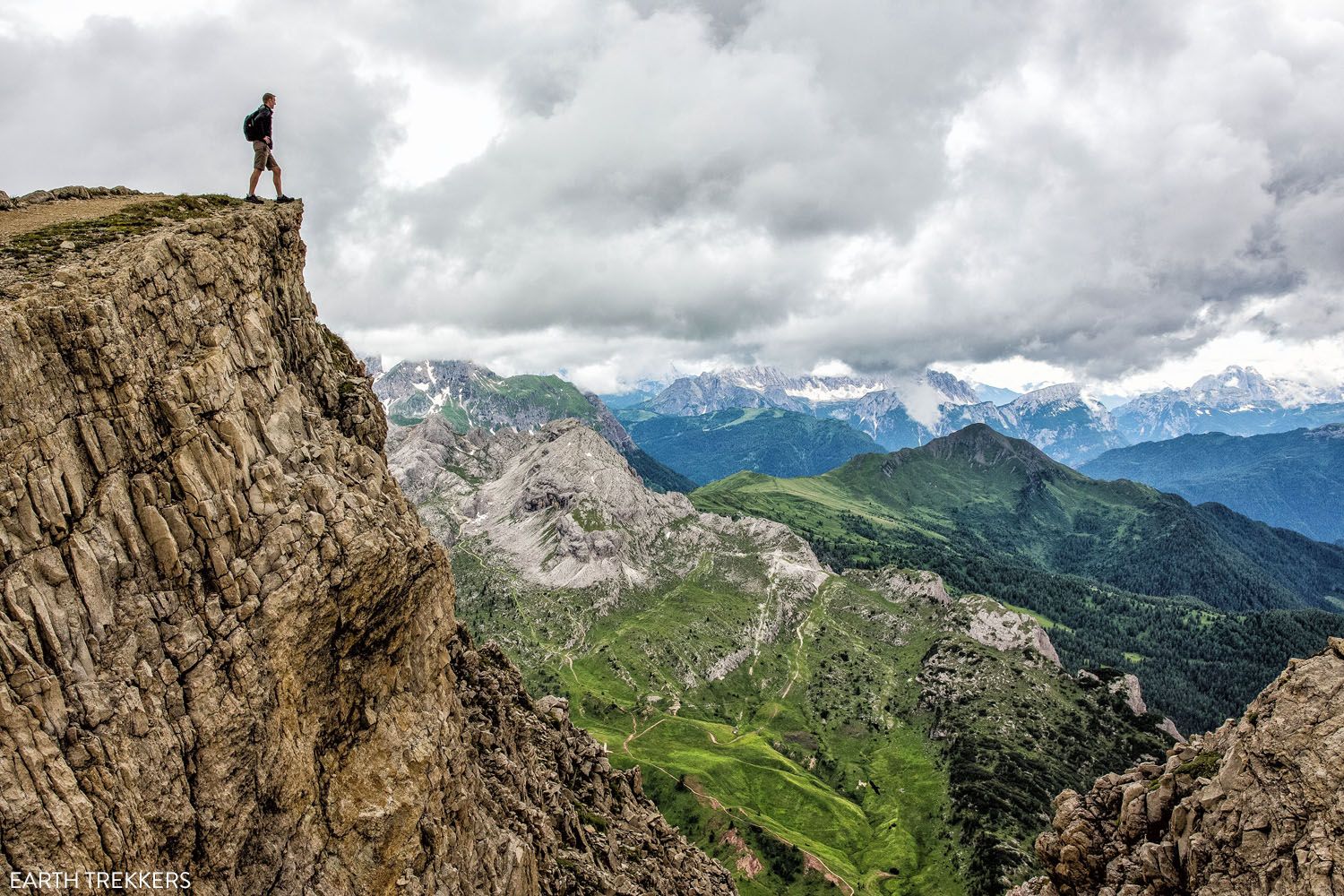
The view from Lagazuoi
What to Pack for a Visit in the Summer
During the summer months, the average high temperature is 28°C (82°F) and the average low temperature is 15°C (59°F) in the valleys.
As you hike or ride the cable cars into the mountains, it will get much colder than this (as low as 7°C/45°F).
May through August tend to be the wettest time of the year to visit the Dolomites. Rainfall usually falls as a thunderstorm, but it is possible to get a solid day of rain.
We wore shorts and T-shirts most of the time and brought a light jacket or rain jacket for the cool mornings. In the evenings, when we went out to dinner, we wore long pants, a short-sleeved shirt, and a jacket.
Are the Dolomites Worth It?
Absolutely. This is one of our favorite places in Europe and our favorite place in the world to go hiking.
Have you ever visited a place and even before you left, you were planning your next trip back to that area? For us, and a lot of other people we have spoken to, it’s like that in the Dolomites.
If you are planning your first visit to the Dolomites, put as much time here as you can. You’ll be happy you did, and it just might become one of your favorite spots in Italy.
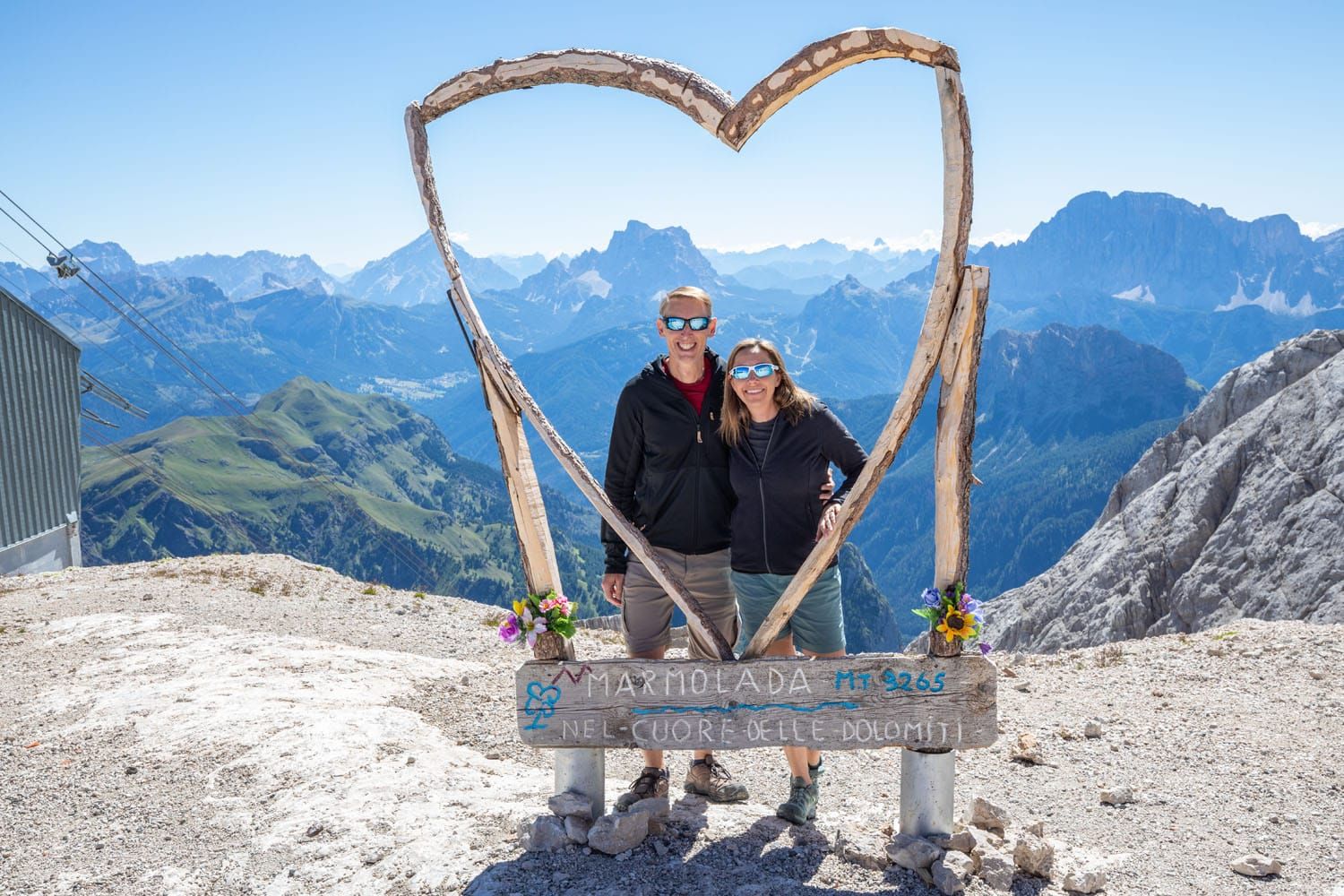
Marmolada
Tours of the Dolomites
If you are short on time and can’t spend several days in the Dolomites, here are a few tours that day trip into the Dolomites, so you can at least get a taste of what this place is like.
Tours of the Dolomites
If you have any questions about how to plan a trip to the Dolomites or what to do on your first visit to the Dolomites, let us know in the comment section below.
More Information for Your Trip to Italy
We have TONS more information about Italy in our Italy Travel Guide, including Rome, Florence, Venice, Tuscany, the Dolomites, the Amalfi Coast, the Cinque Terre, Sicily, and Puglia.
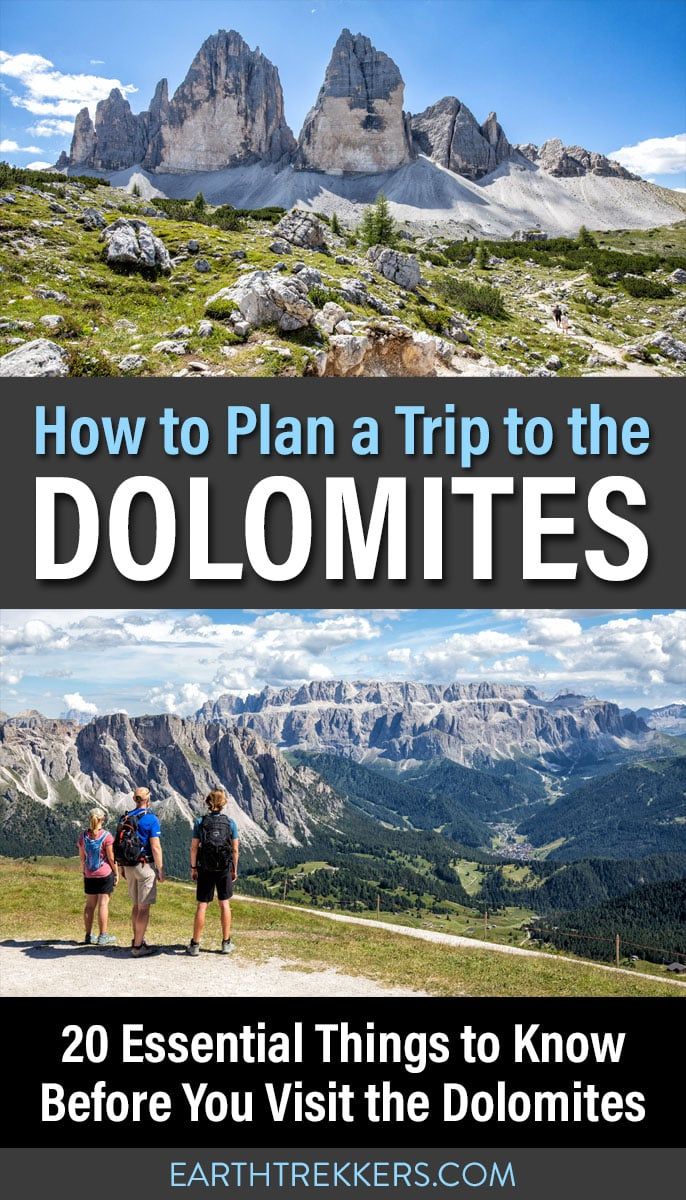
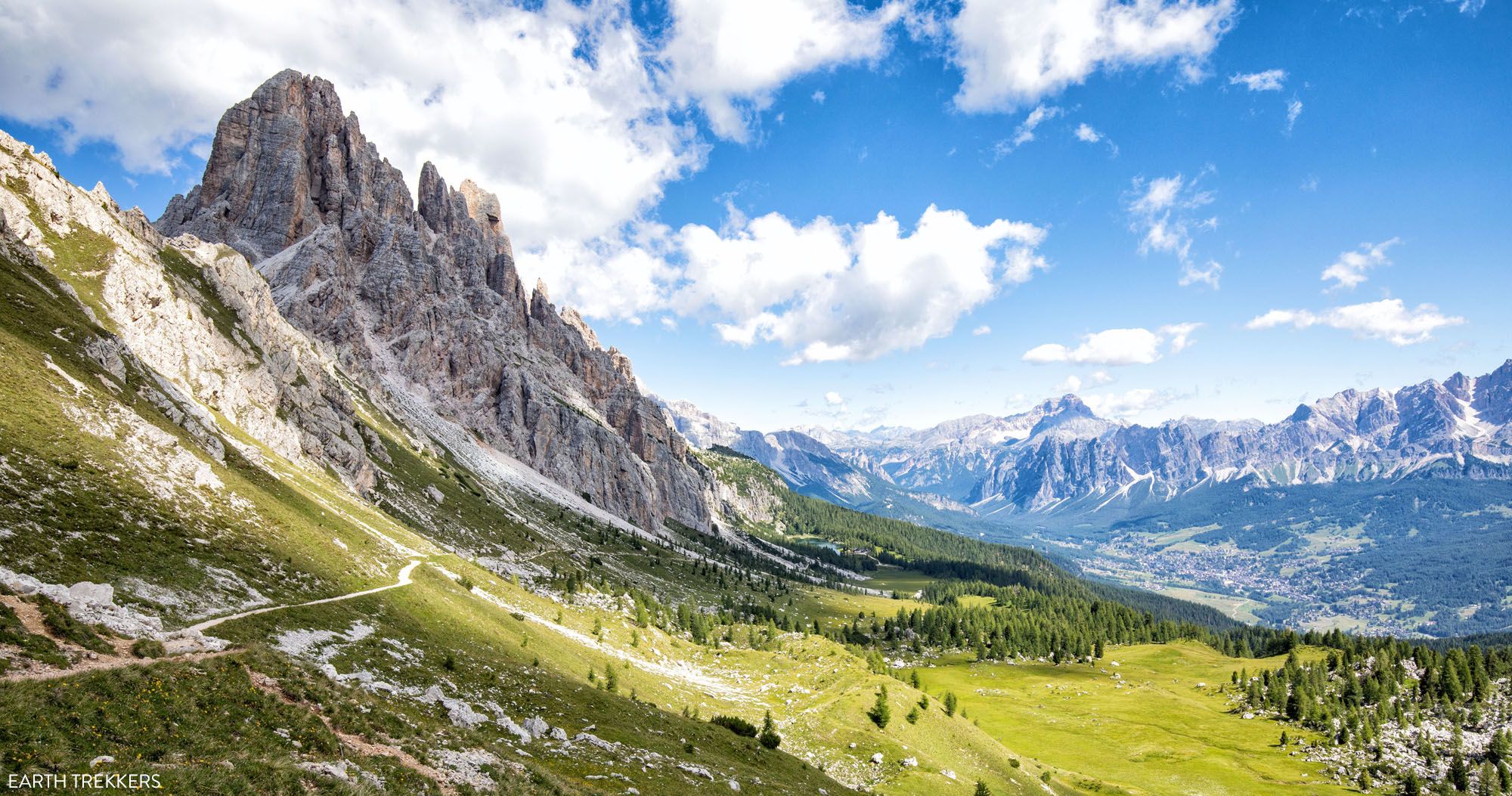

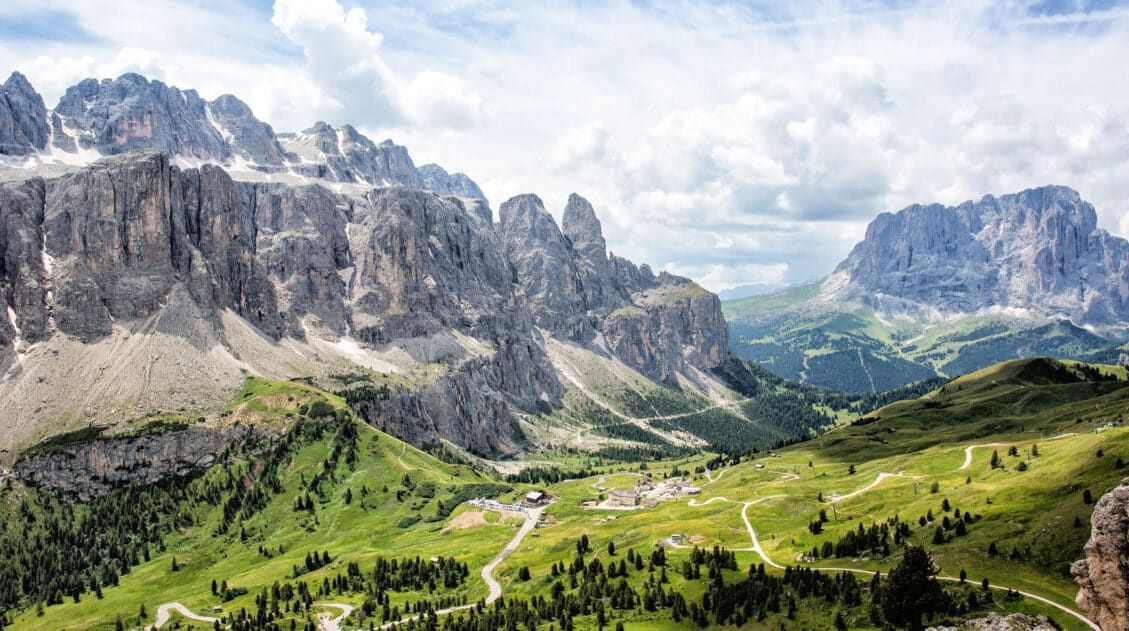
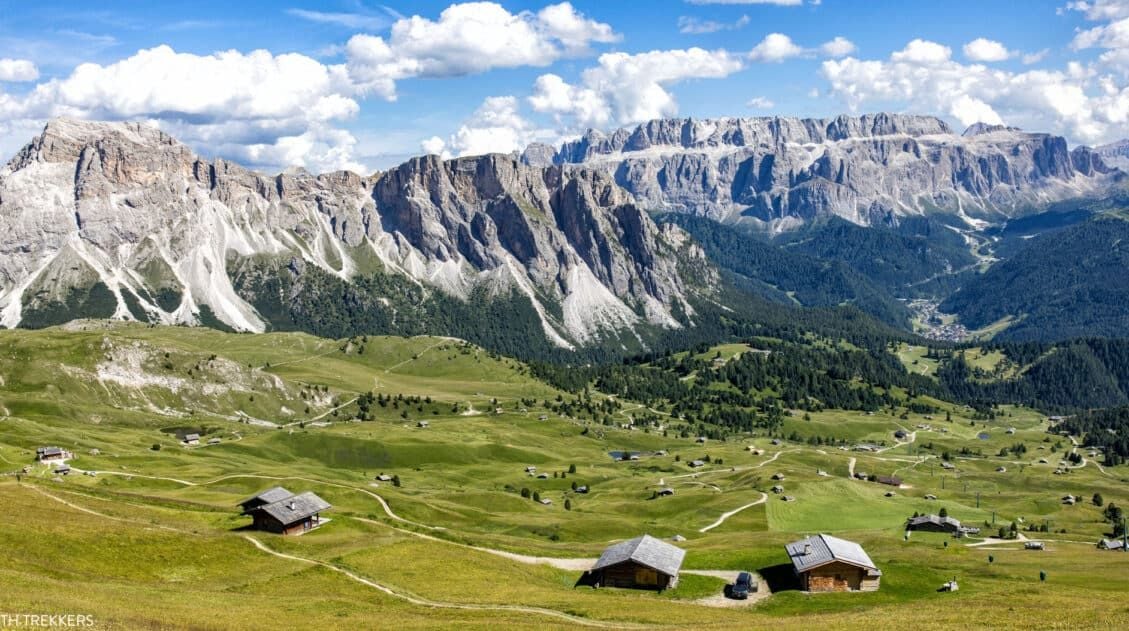
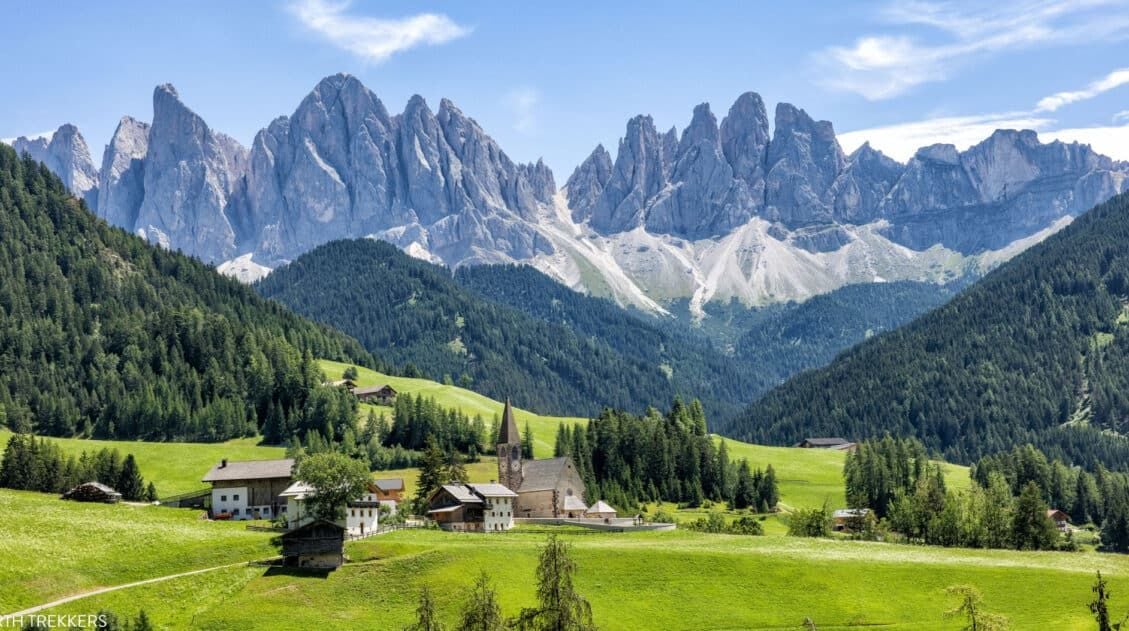
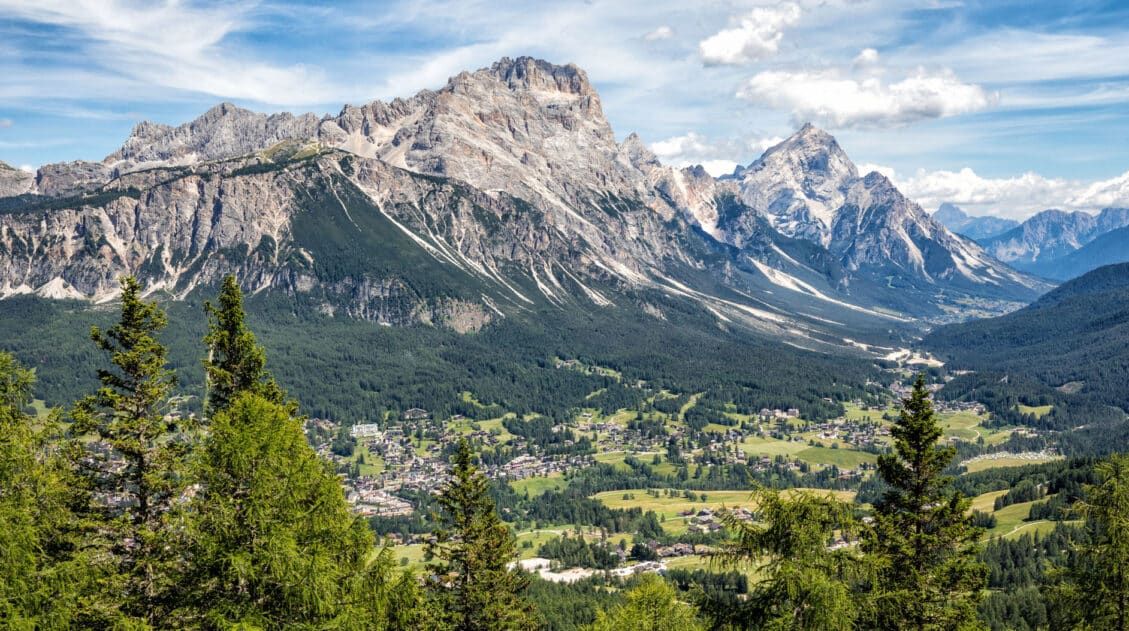
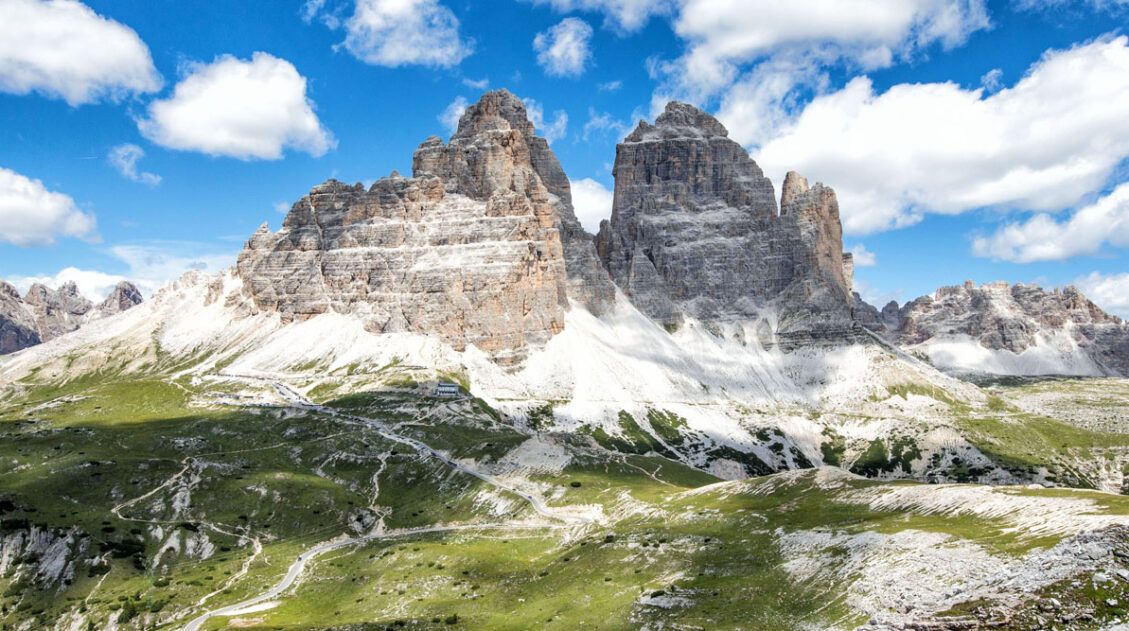
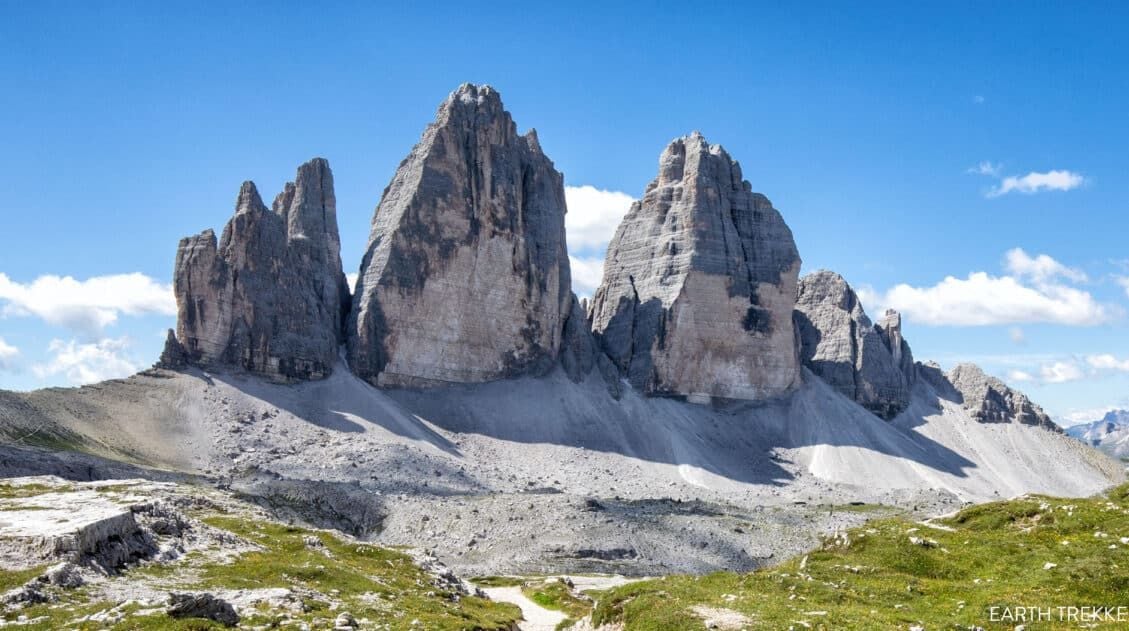
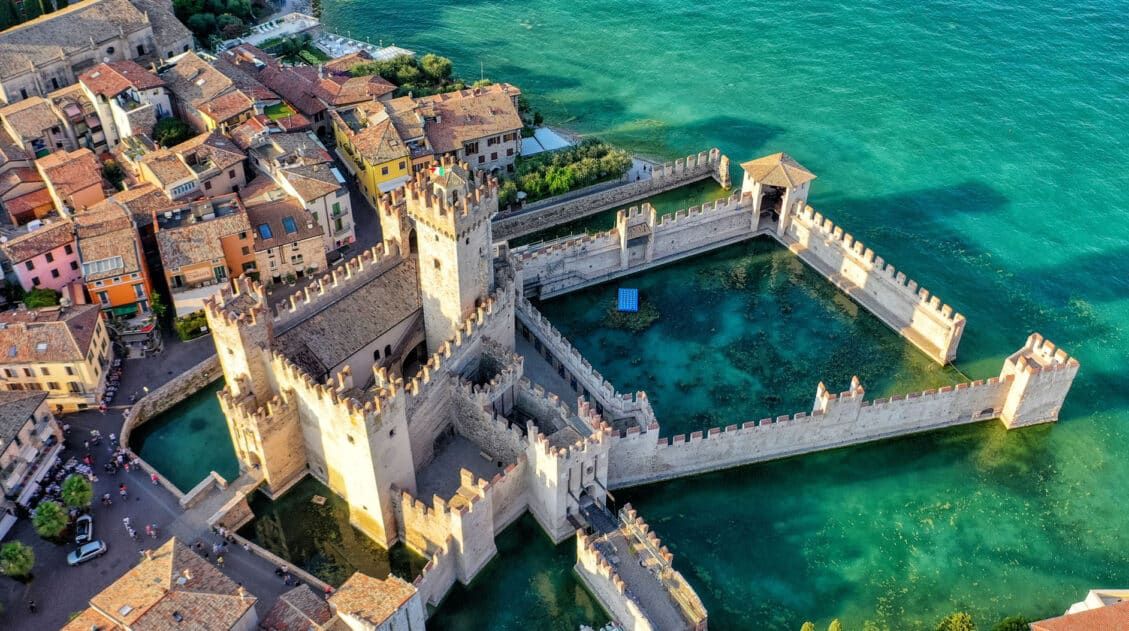
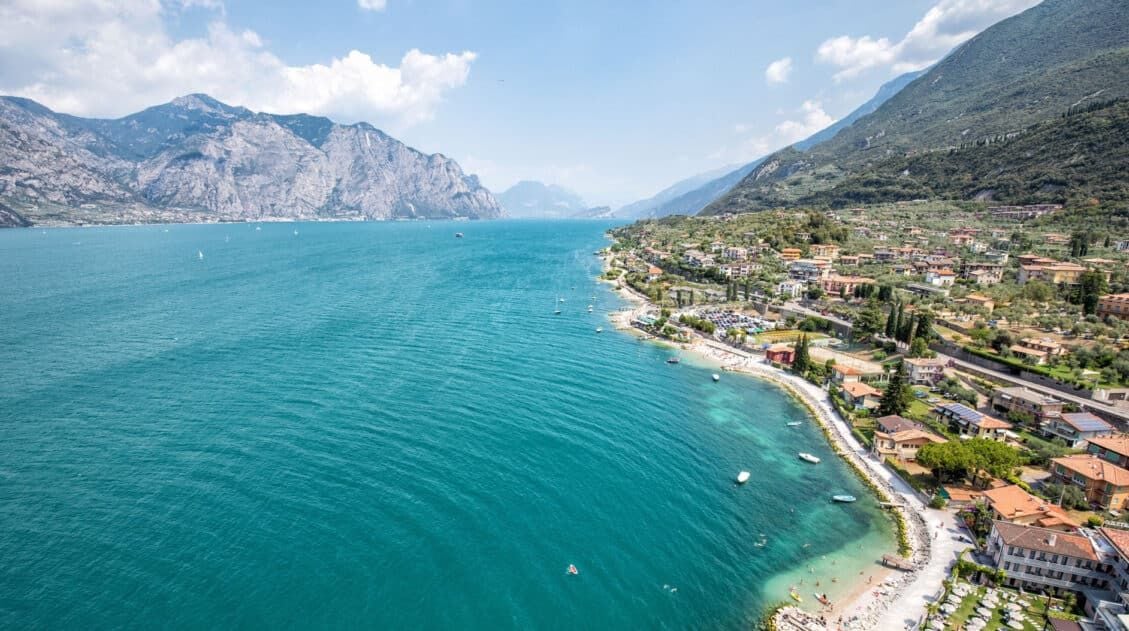
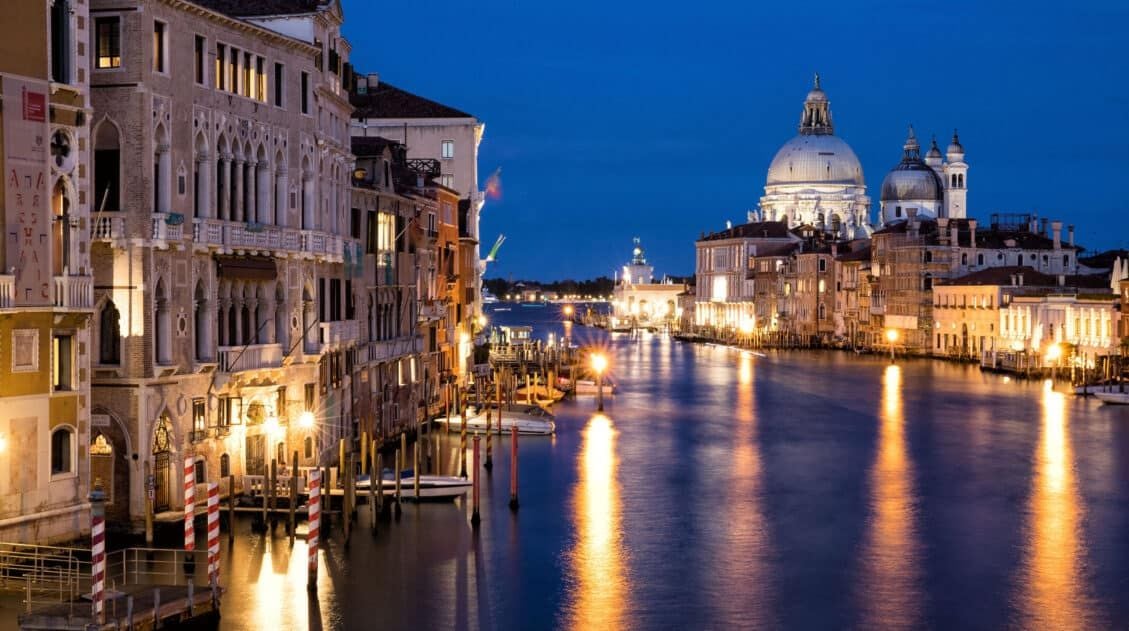
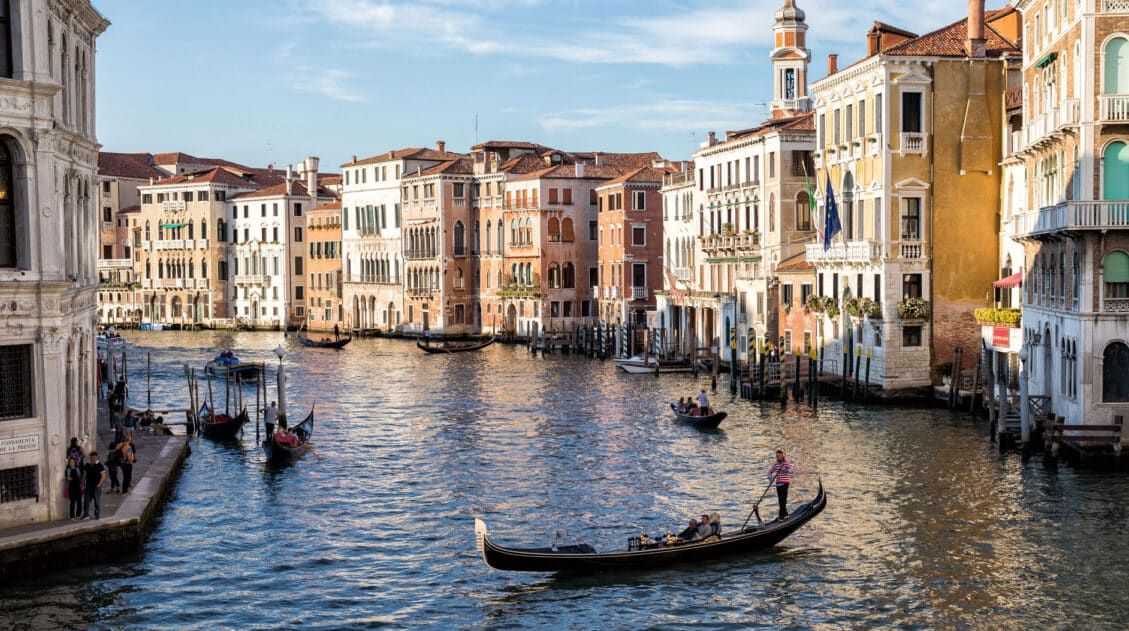
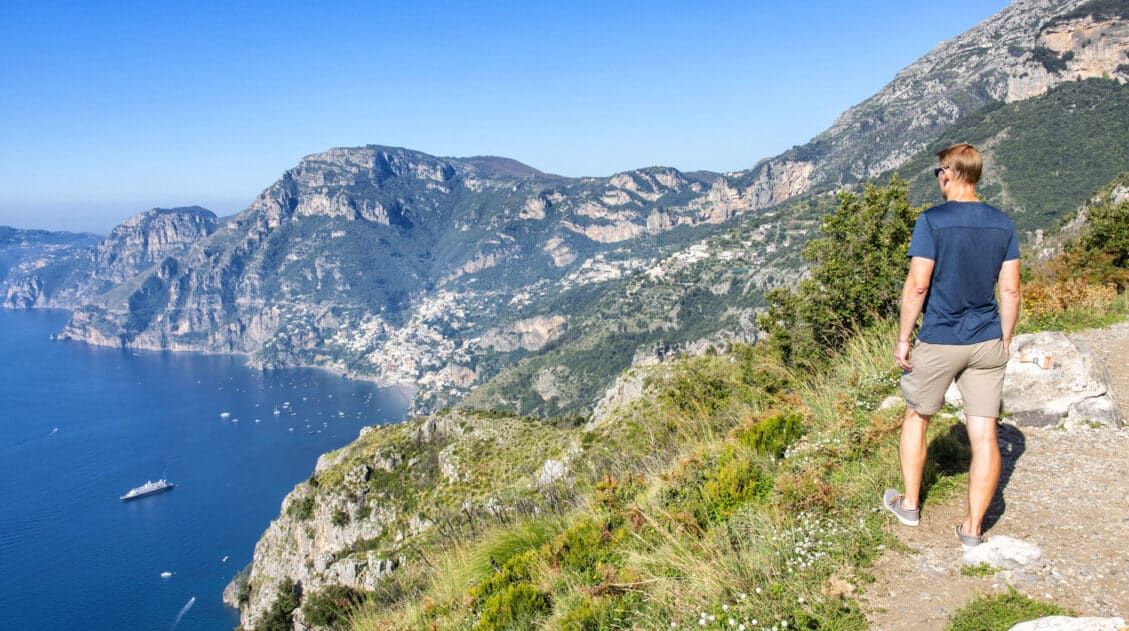
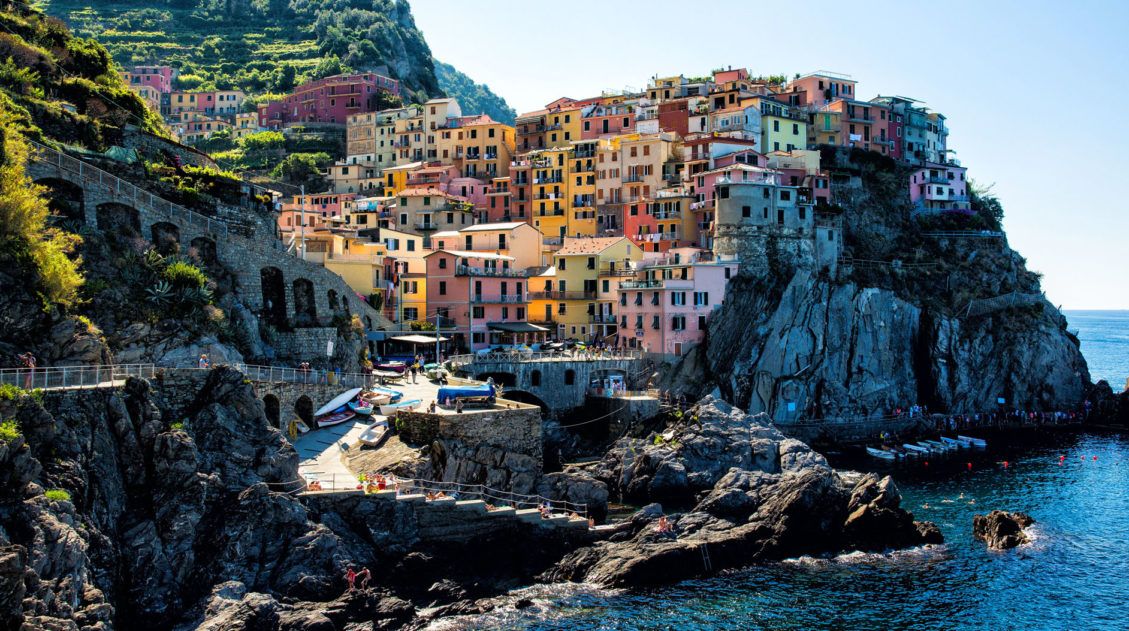
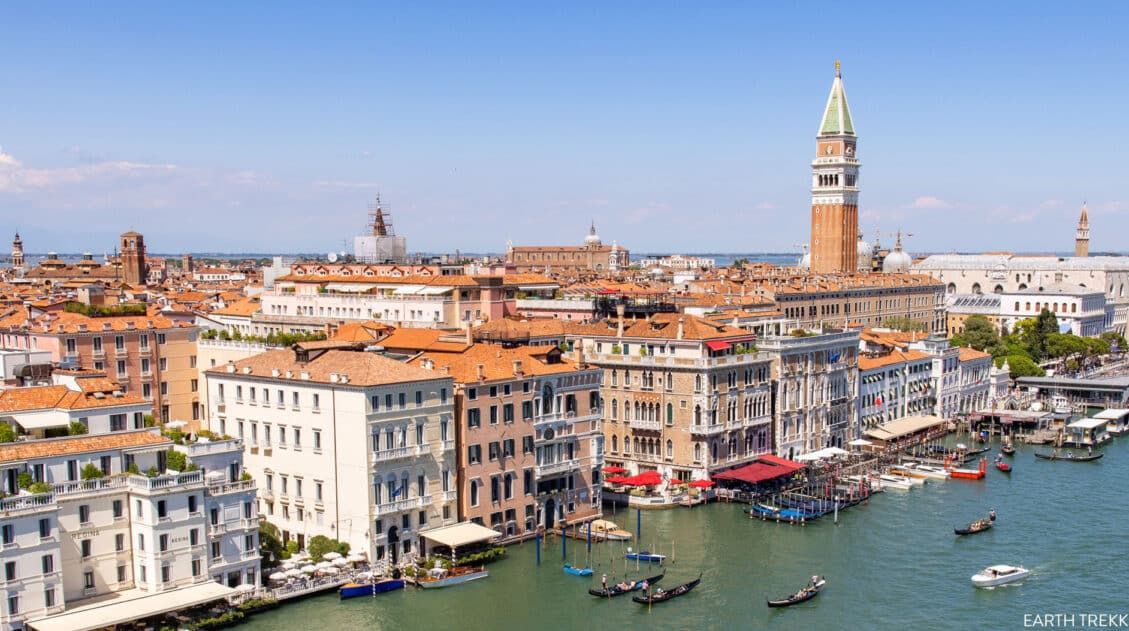
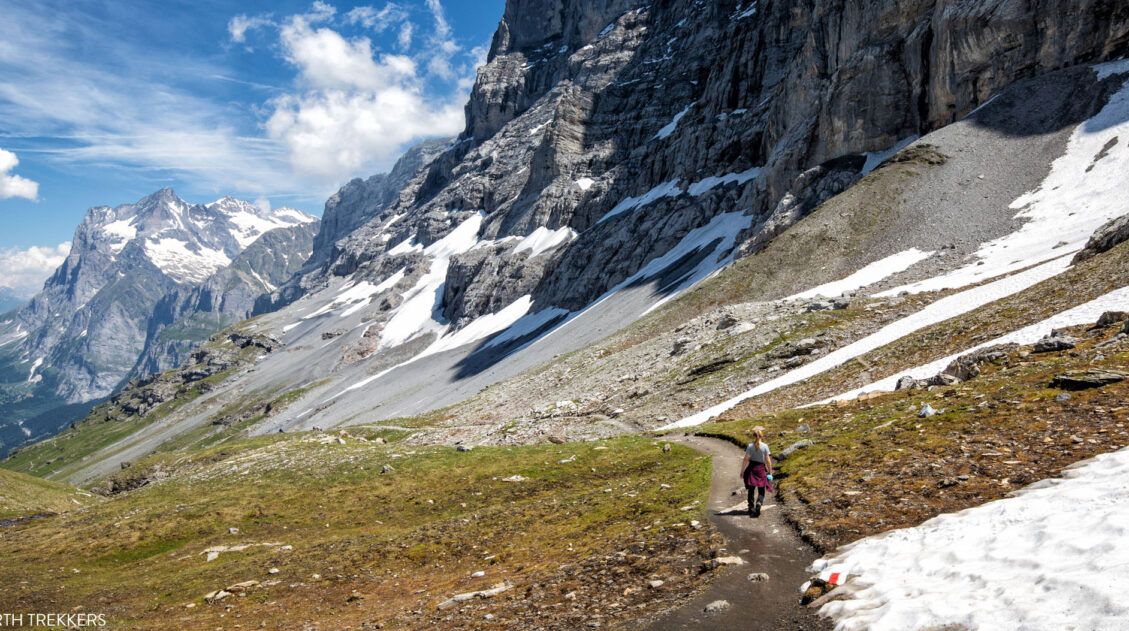
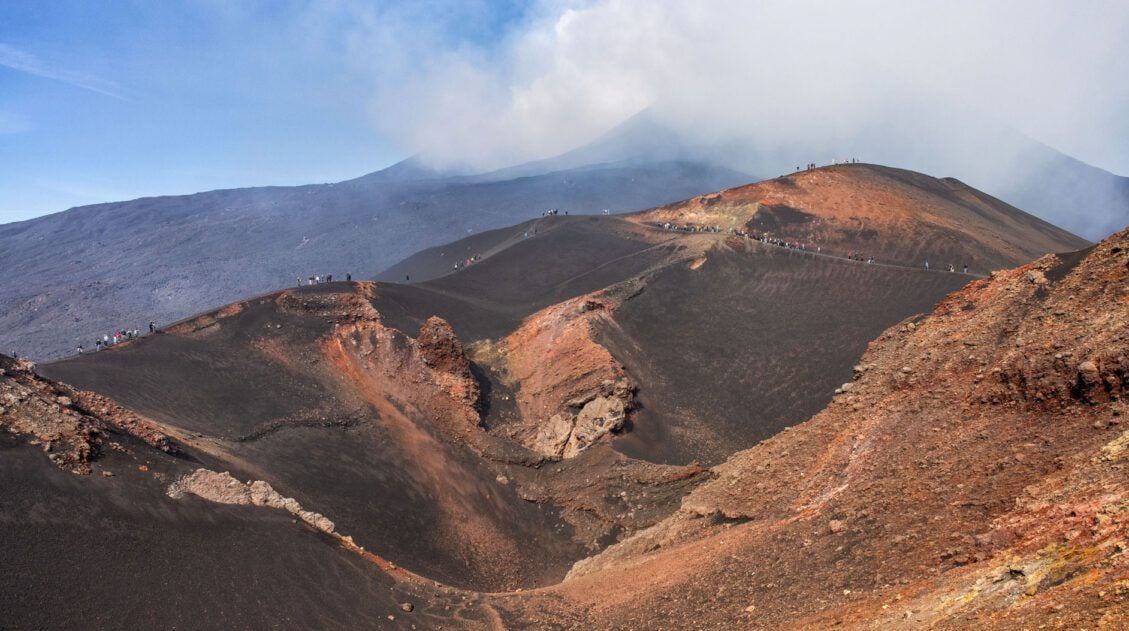
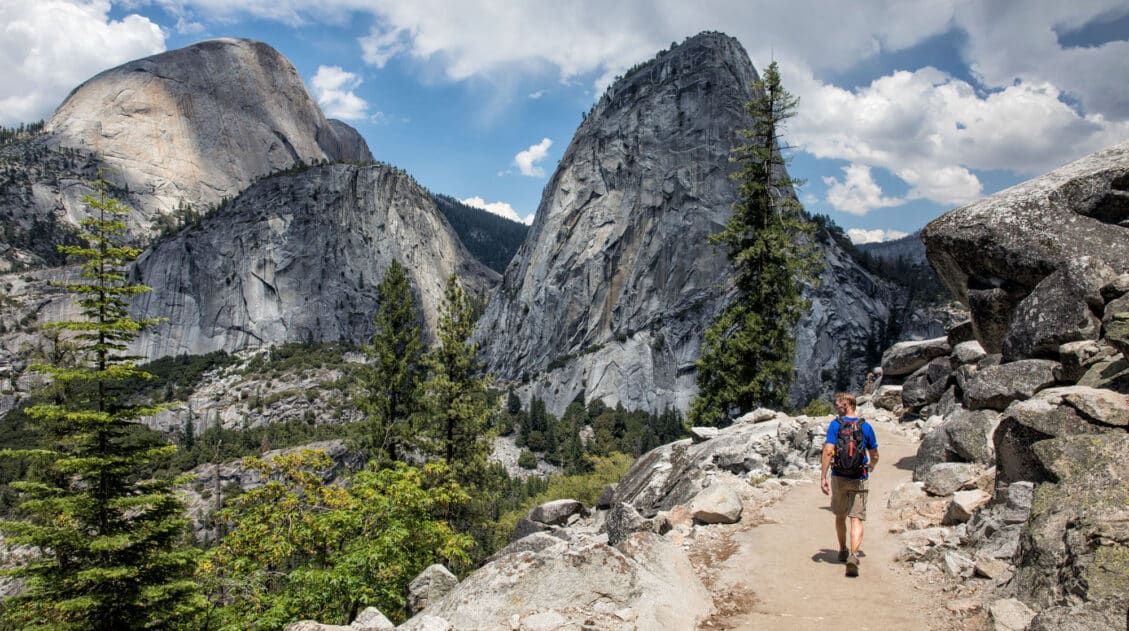
Comments 96